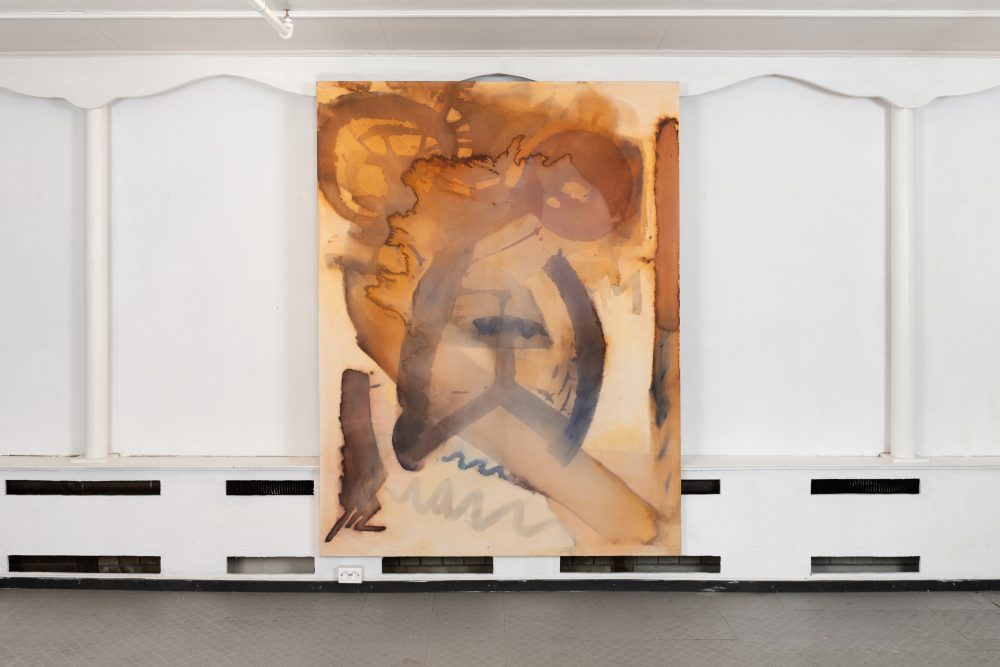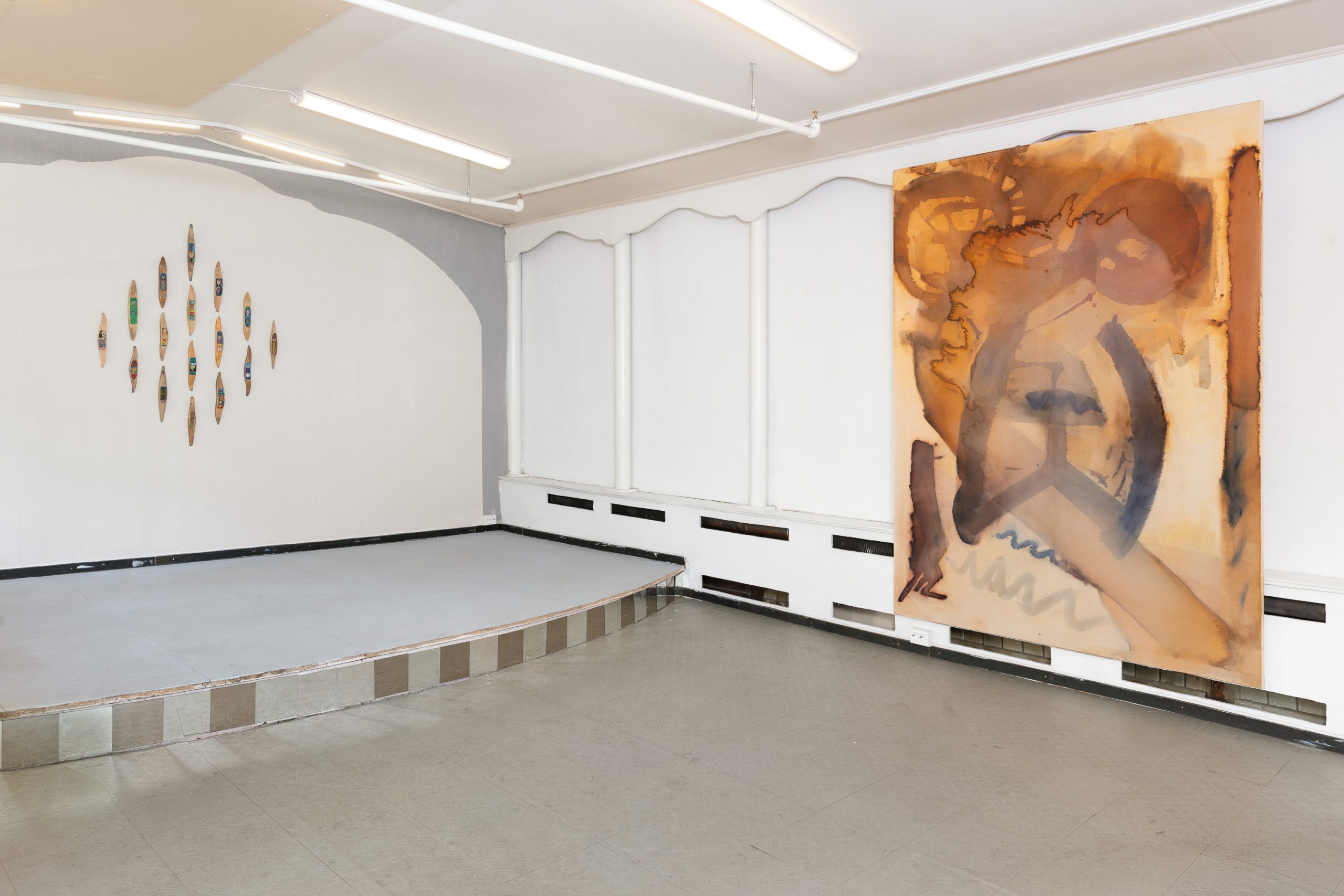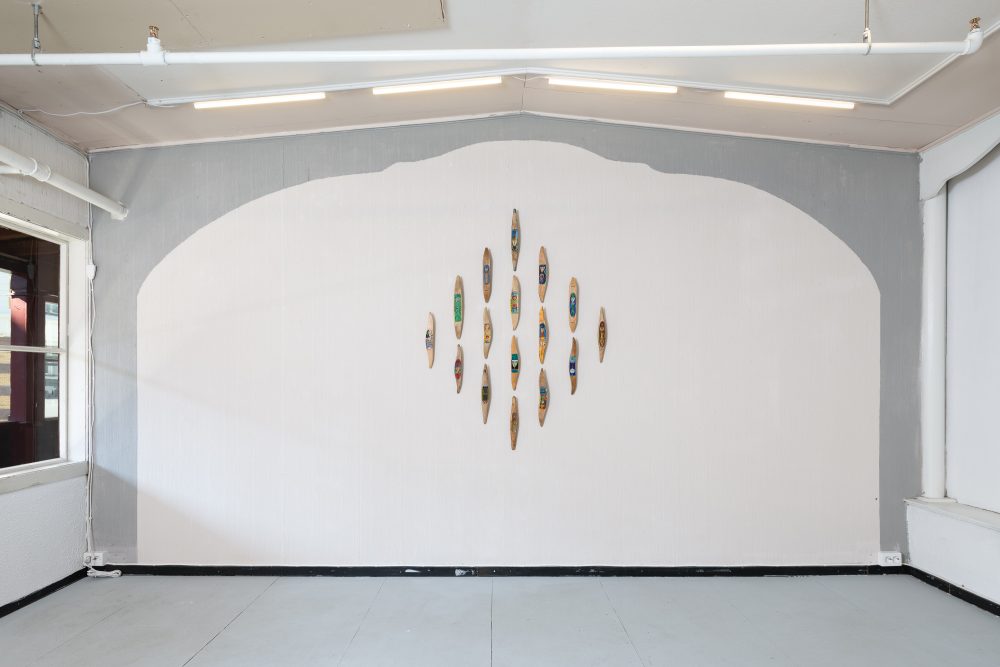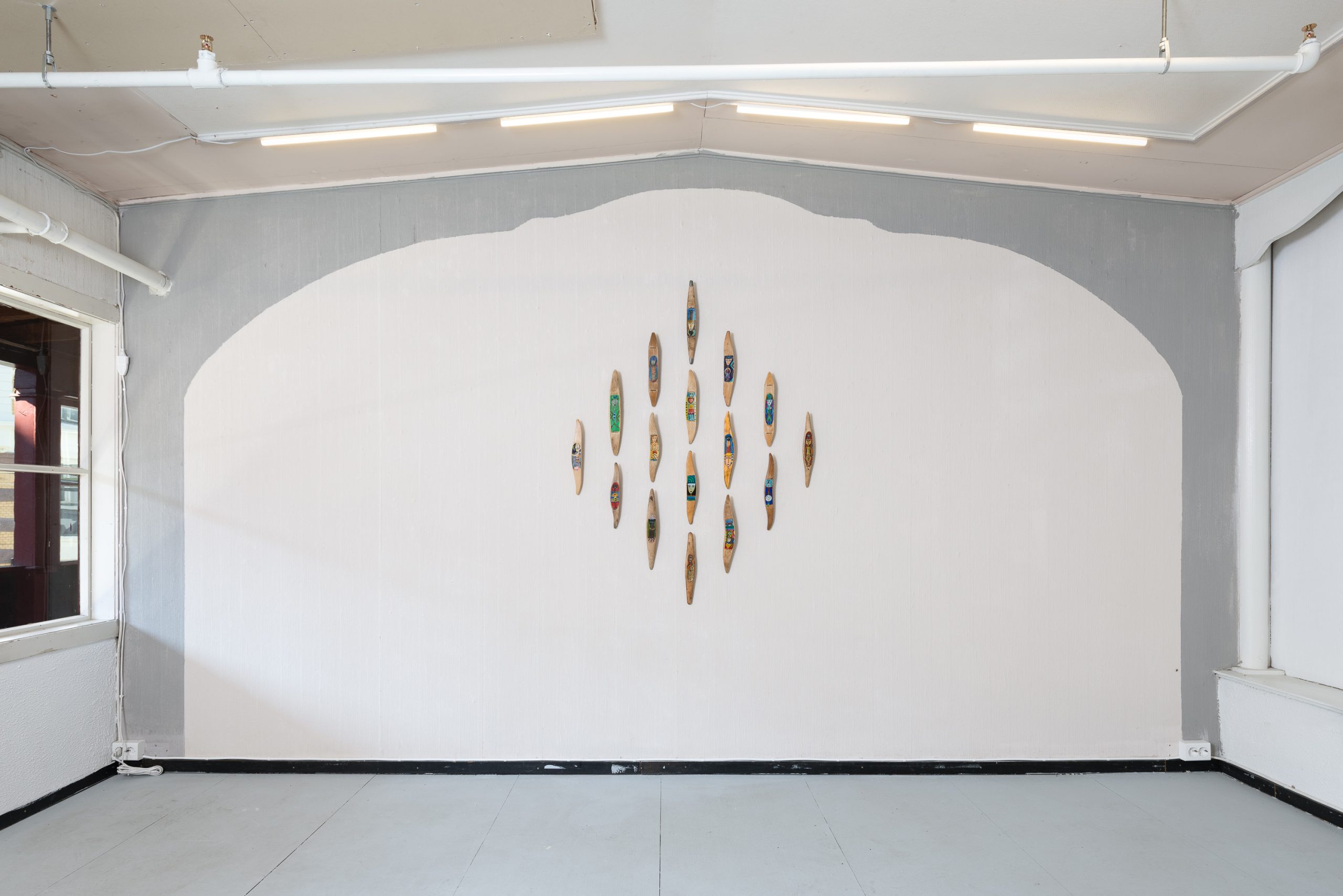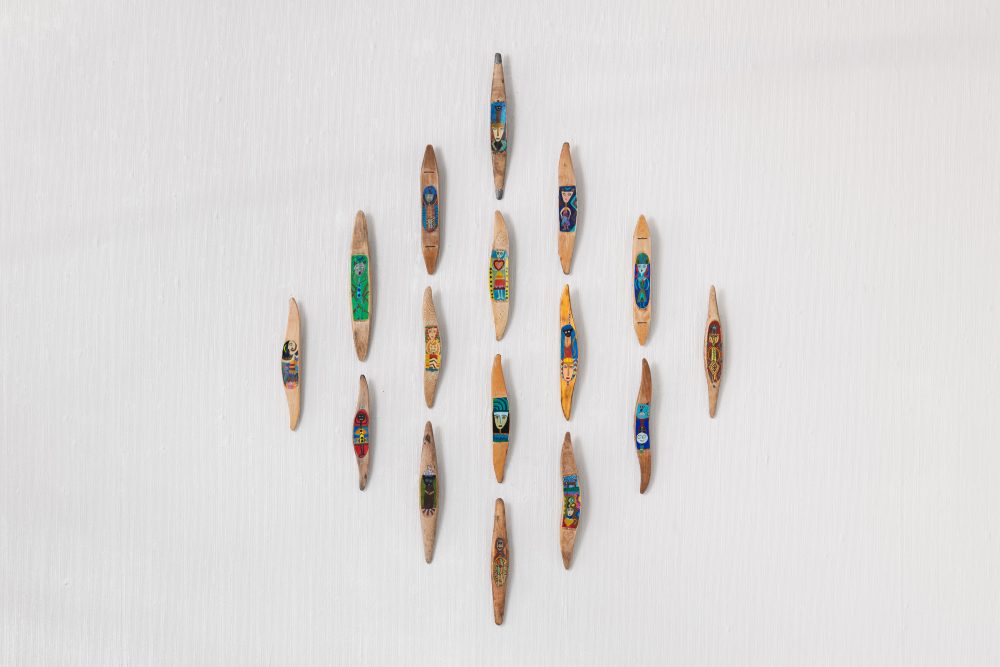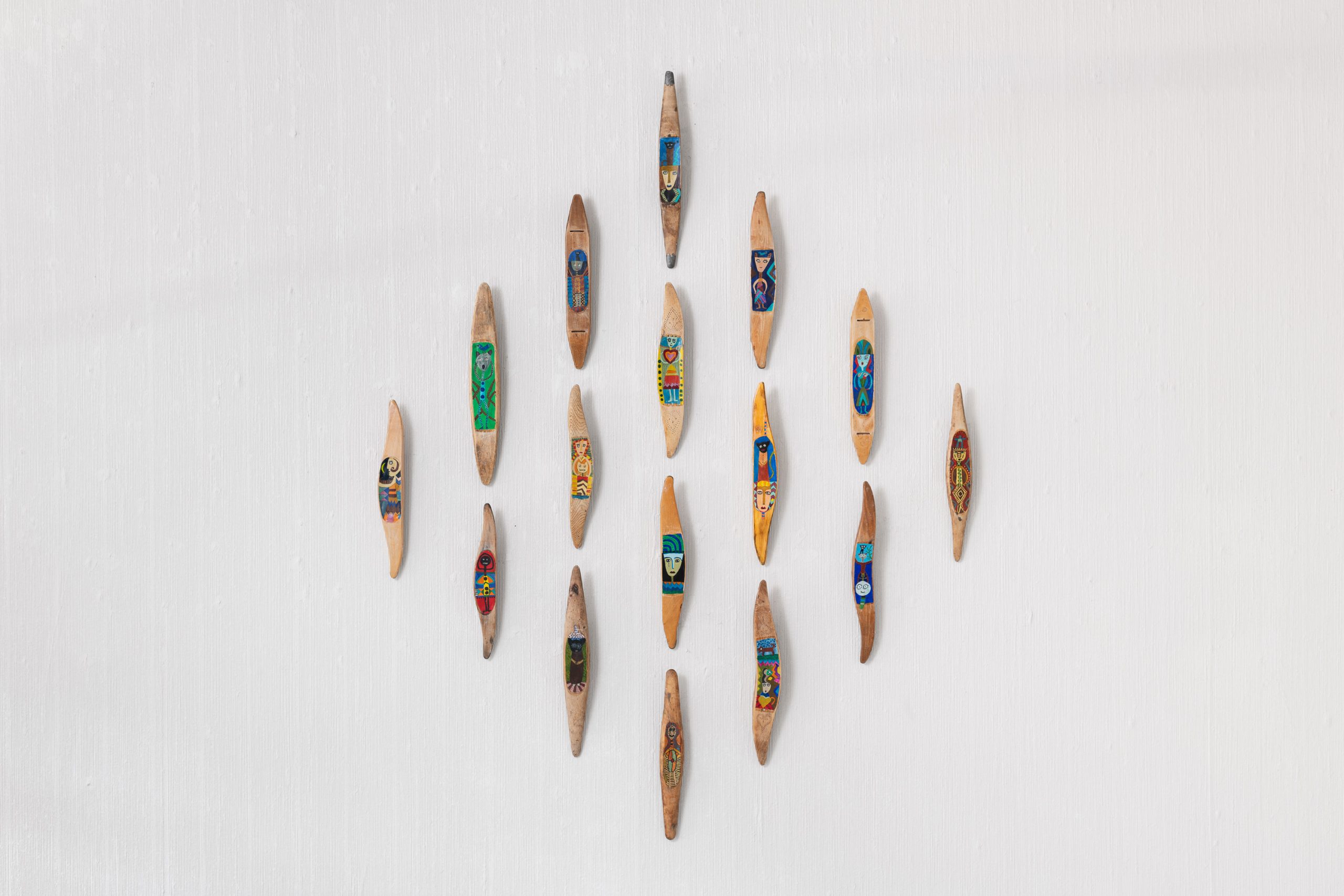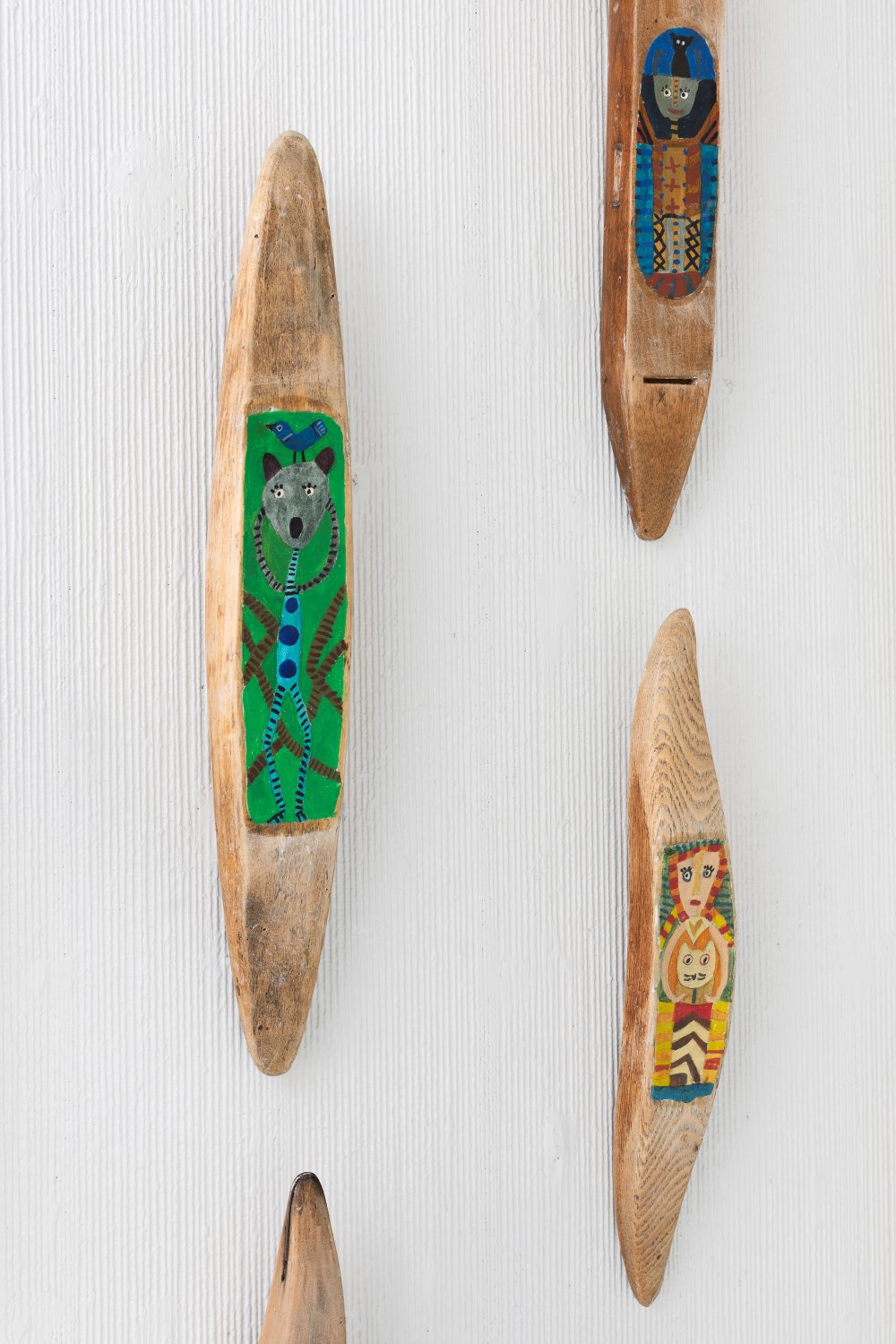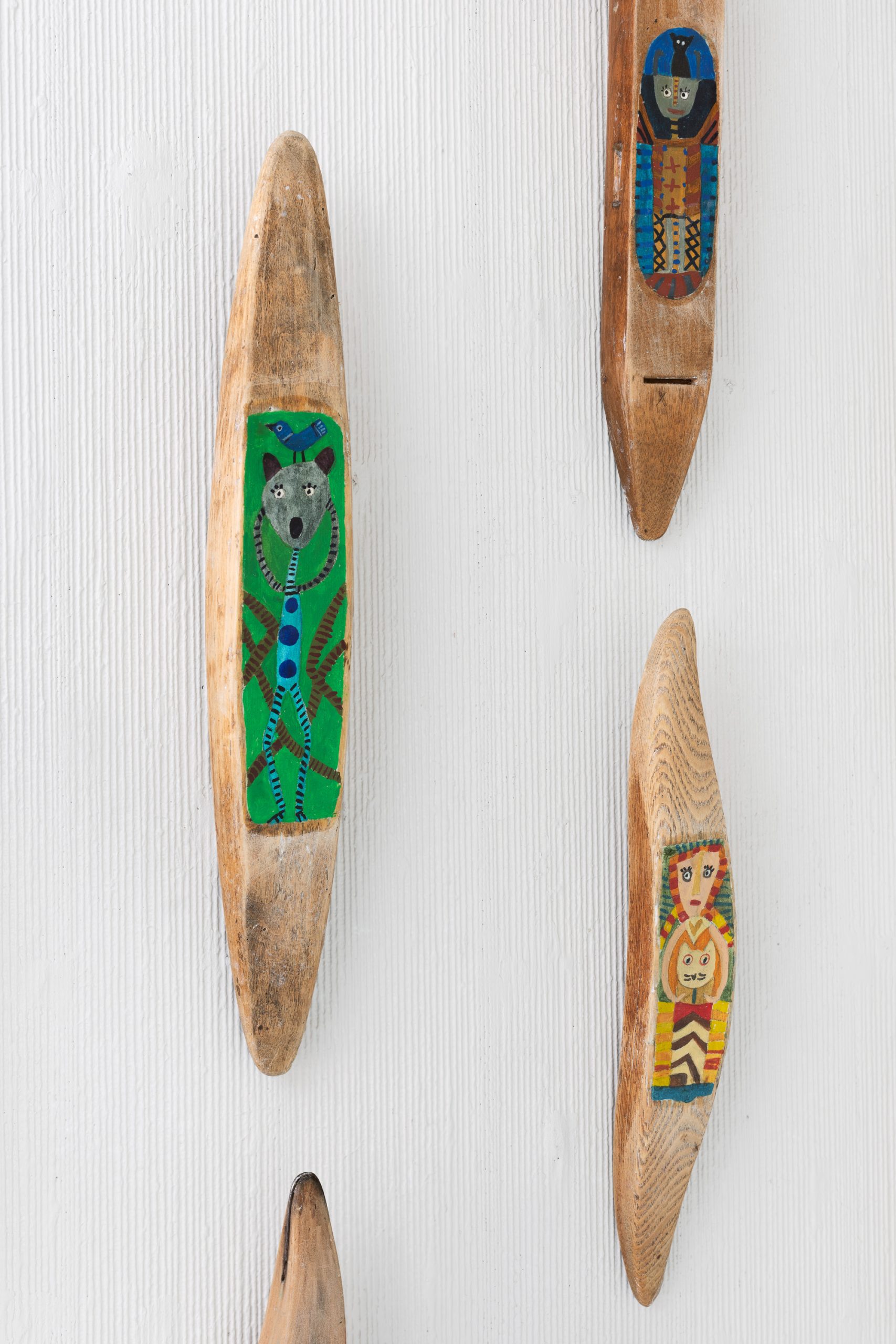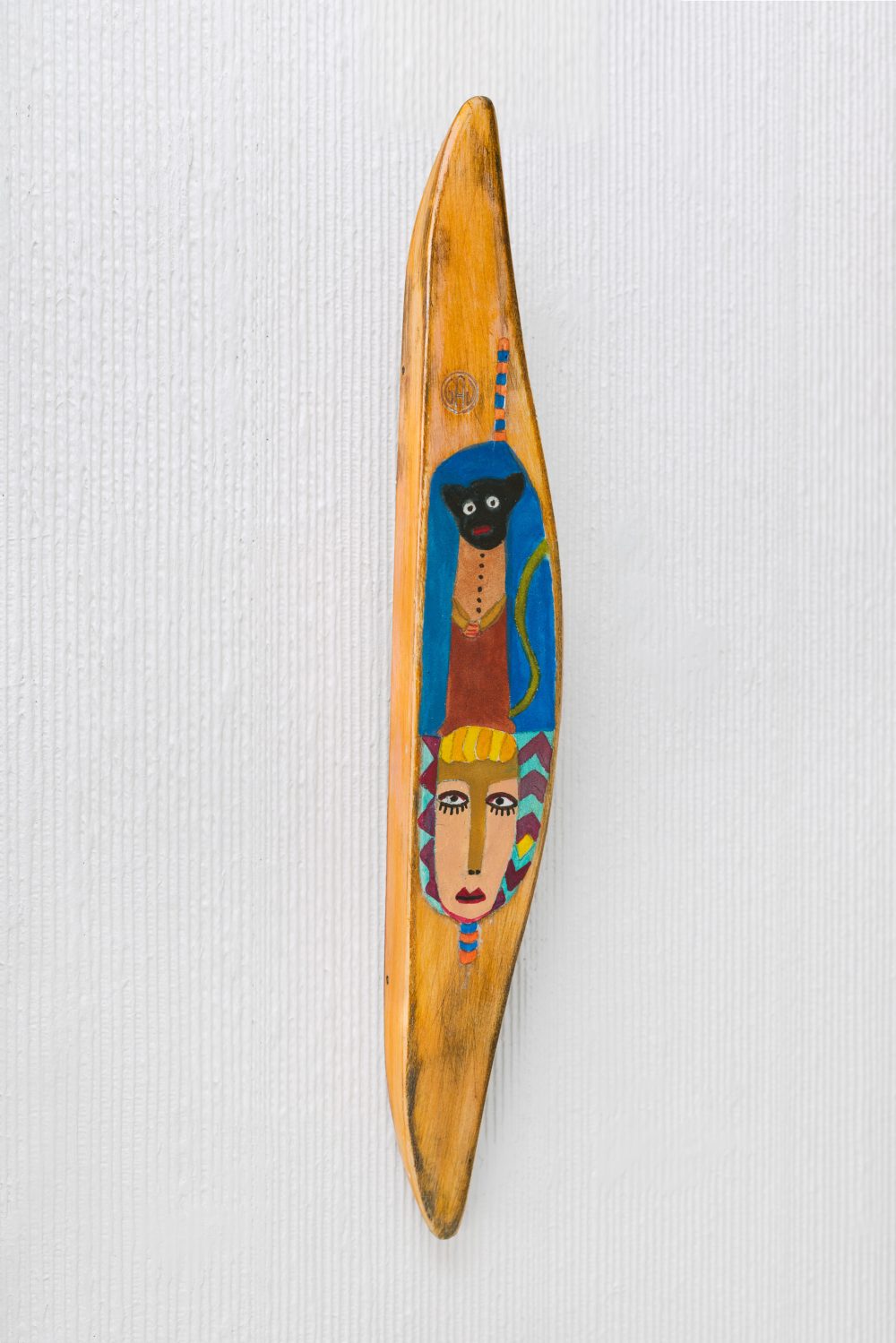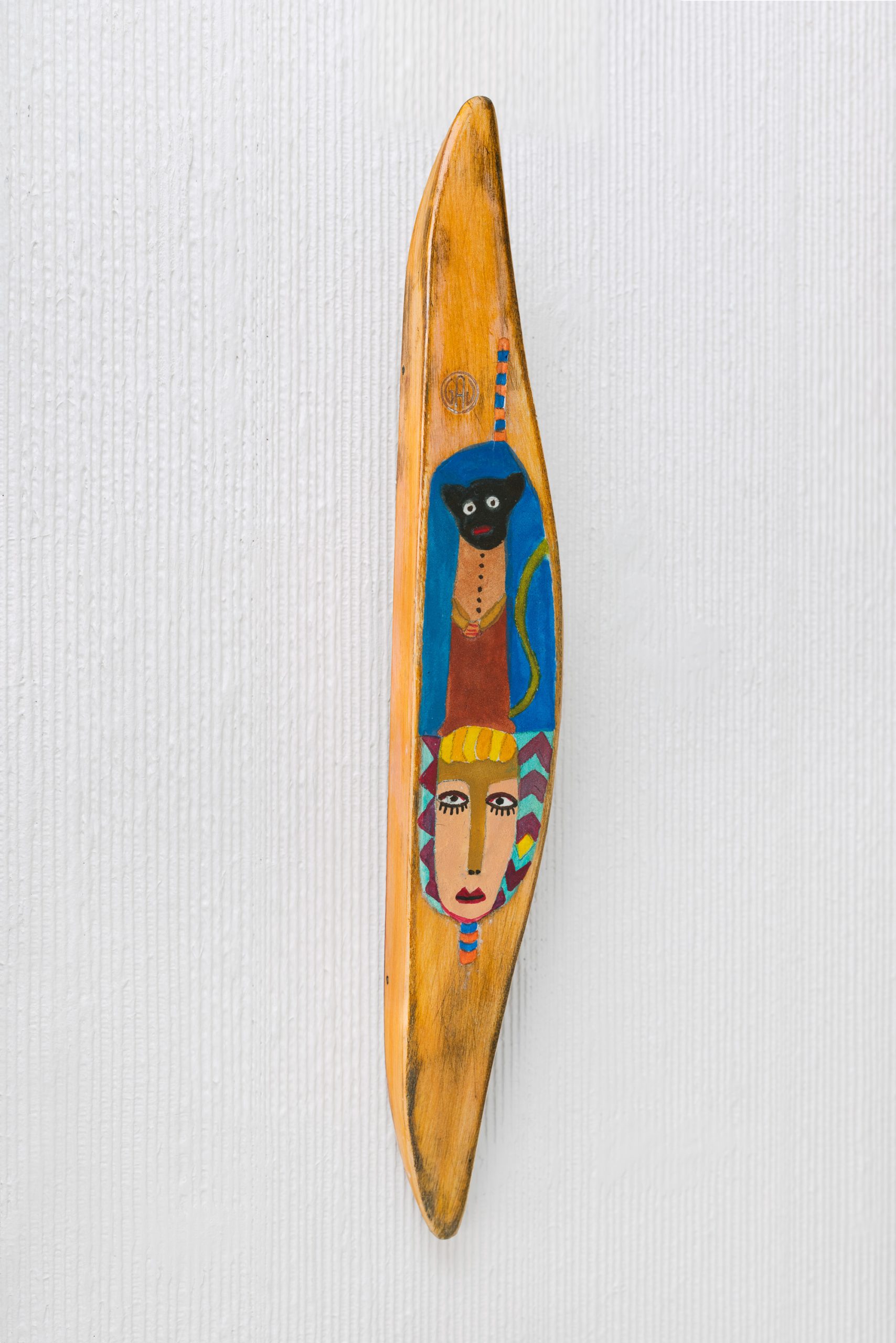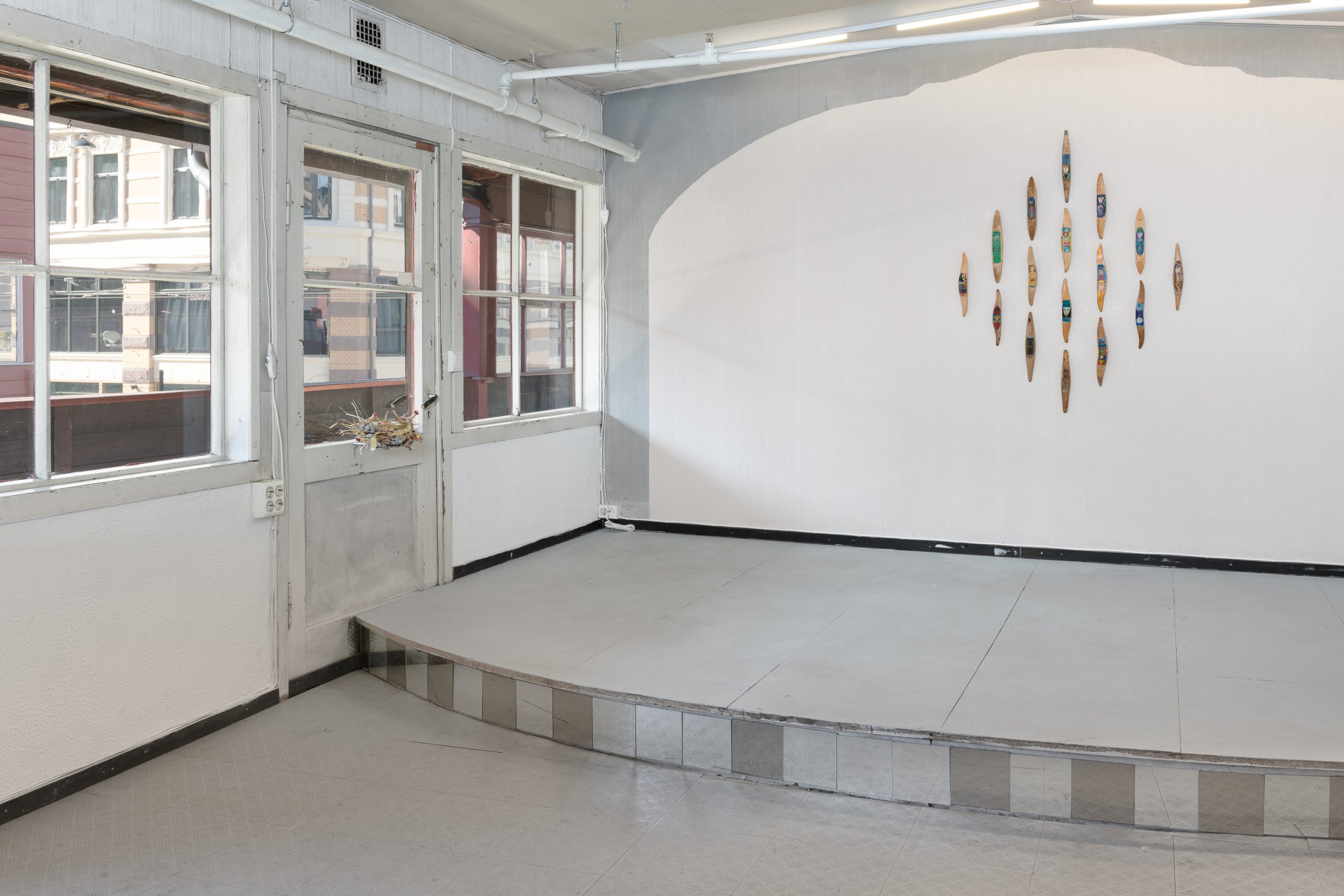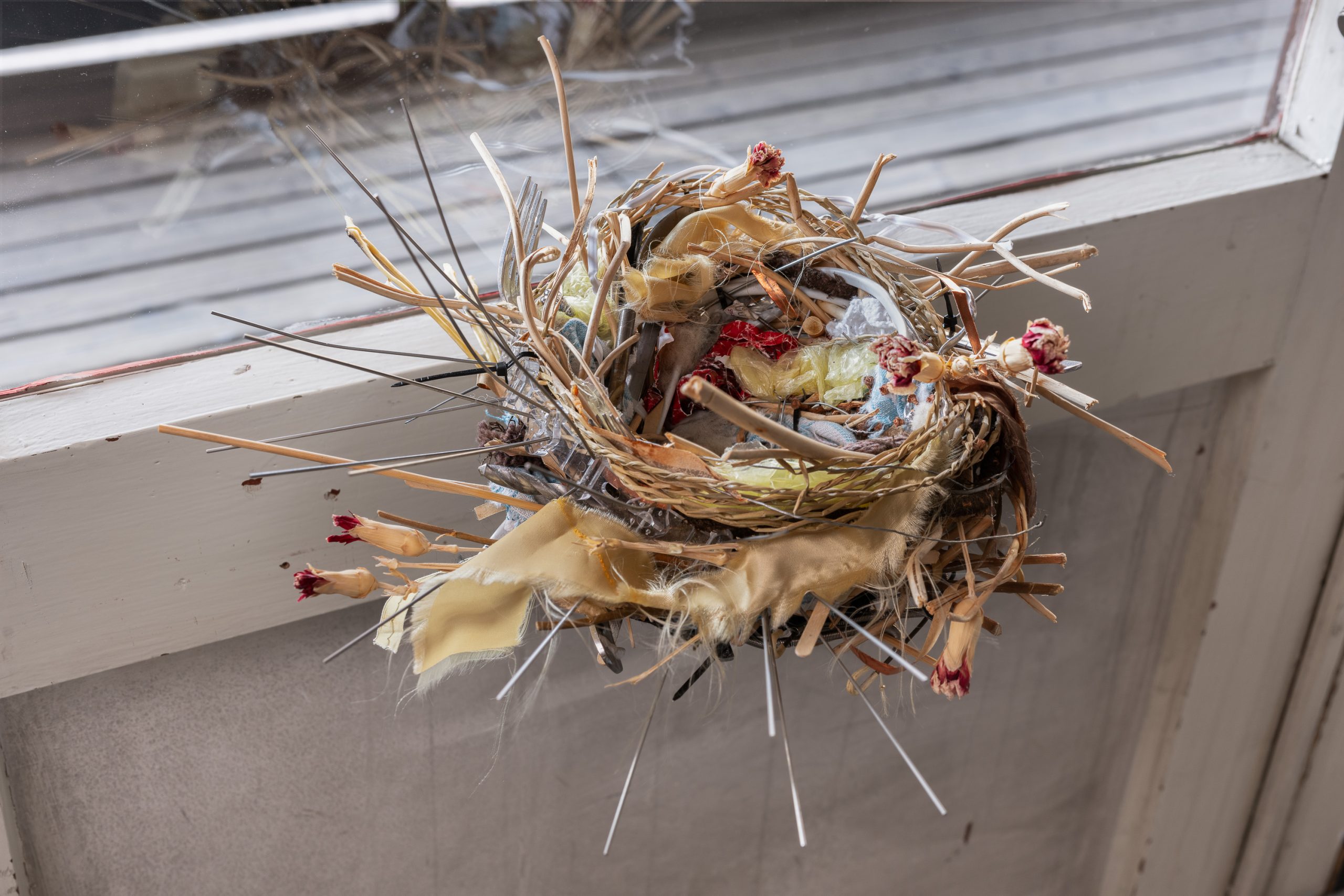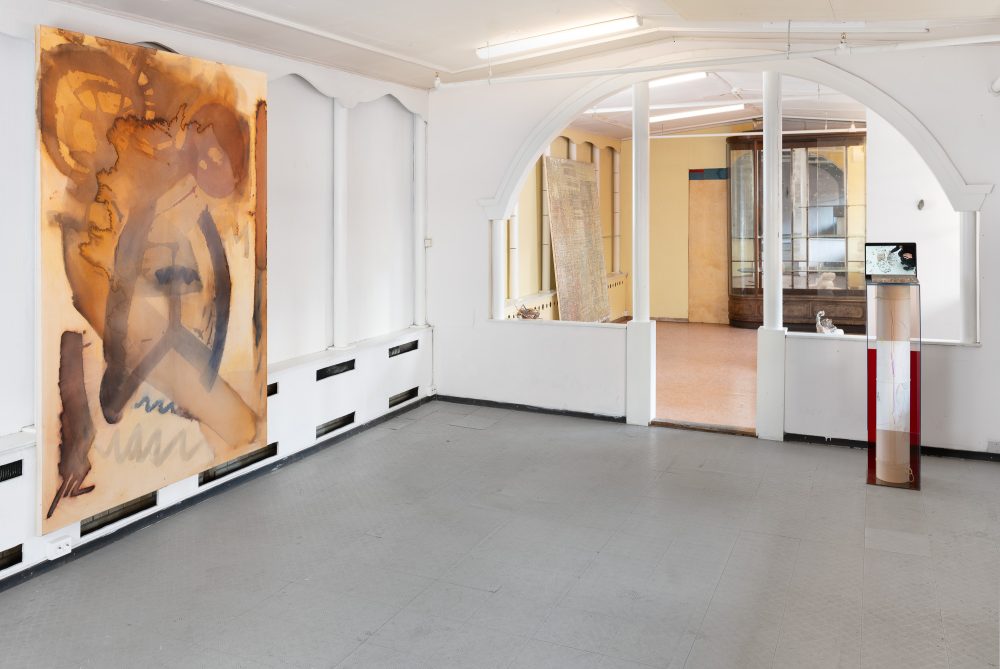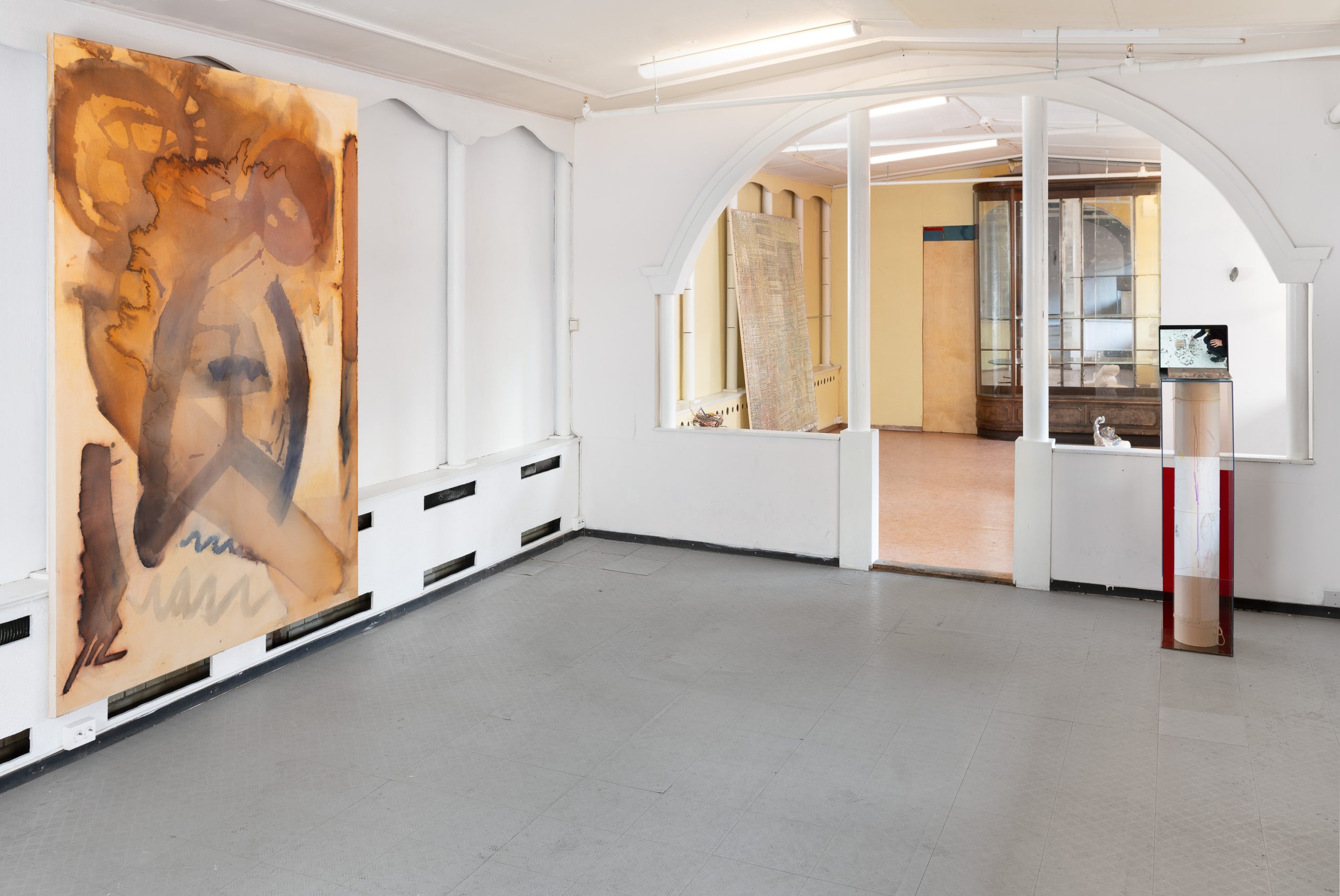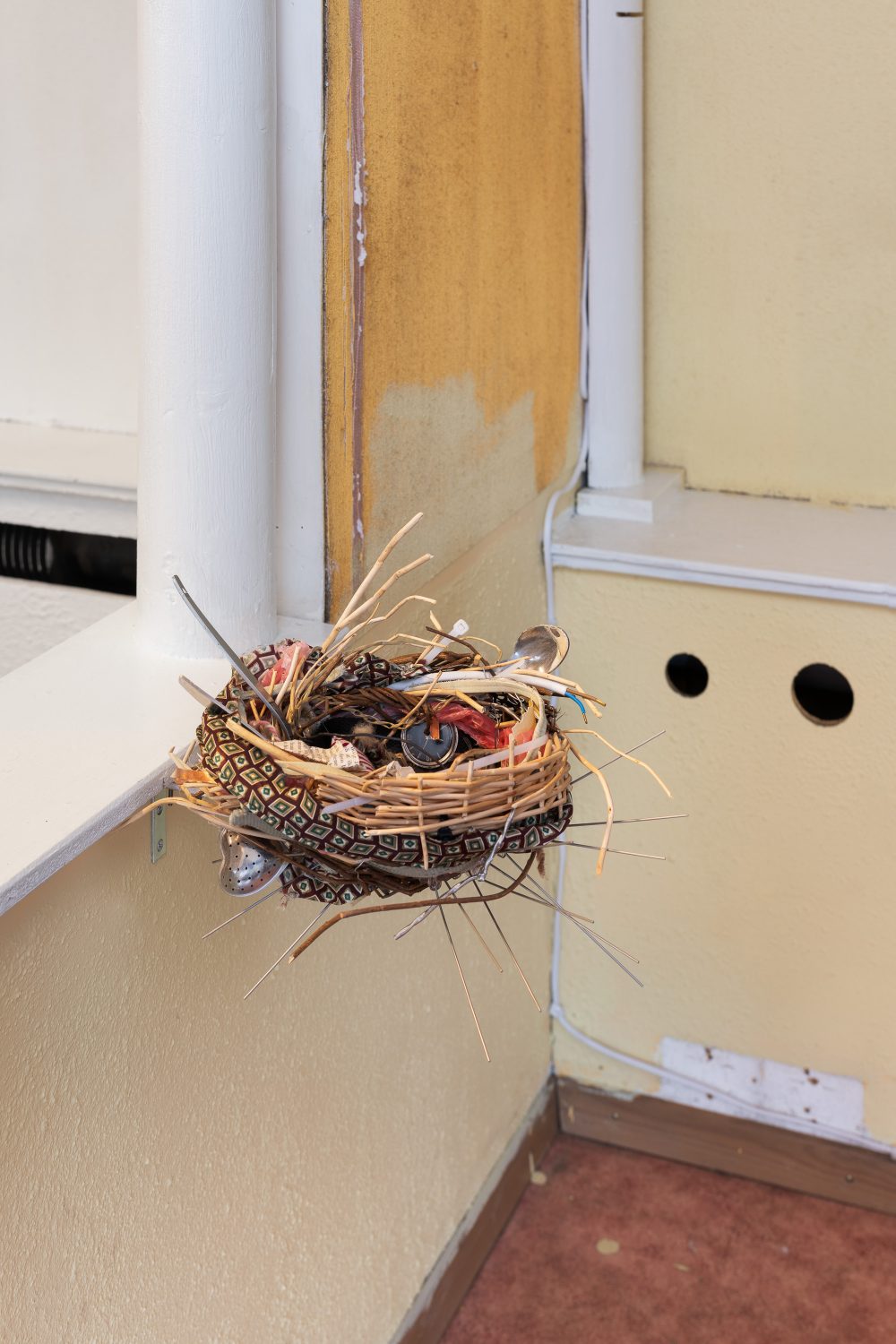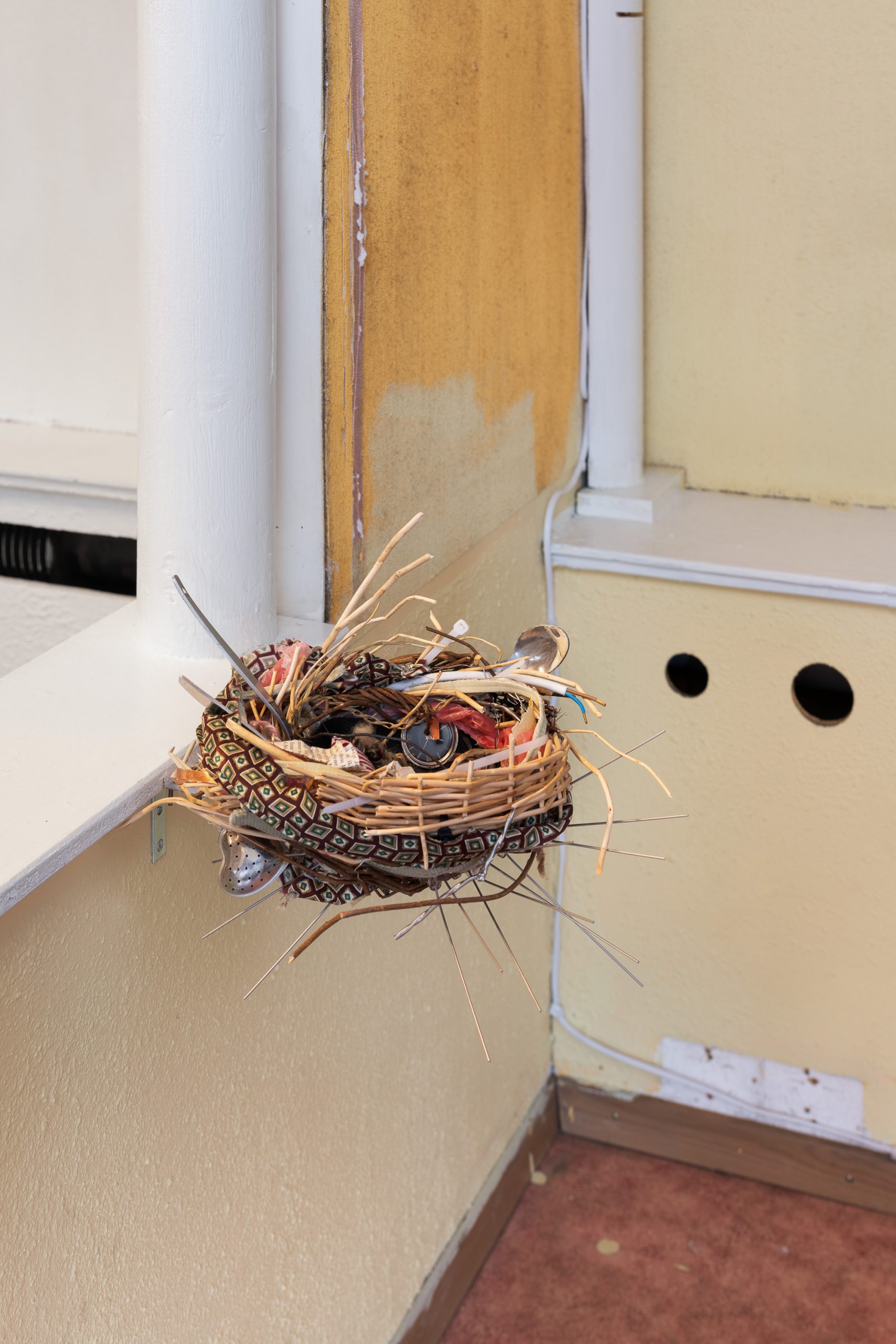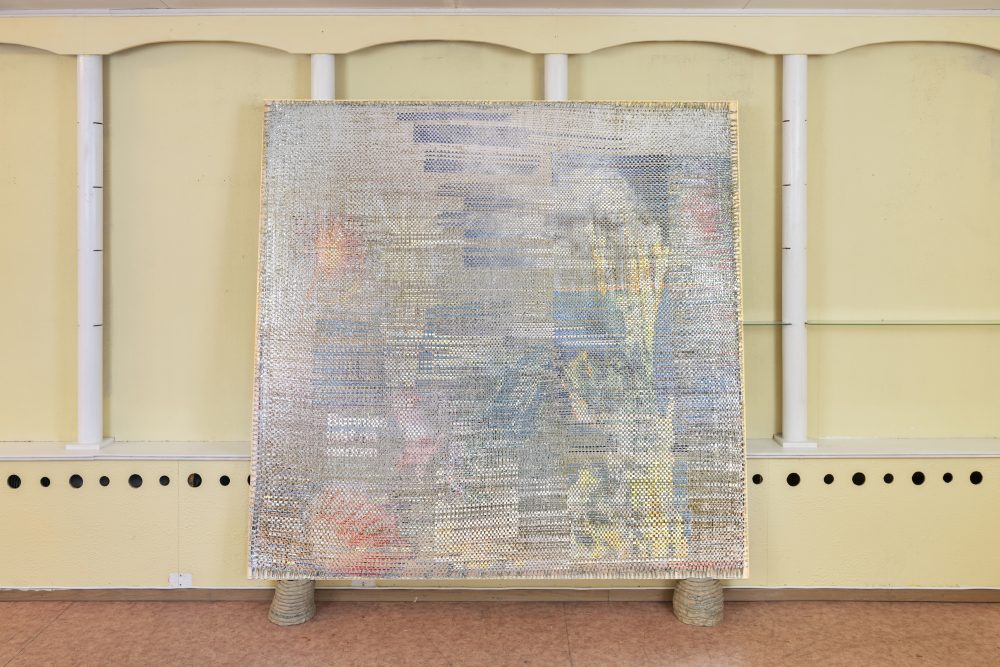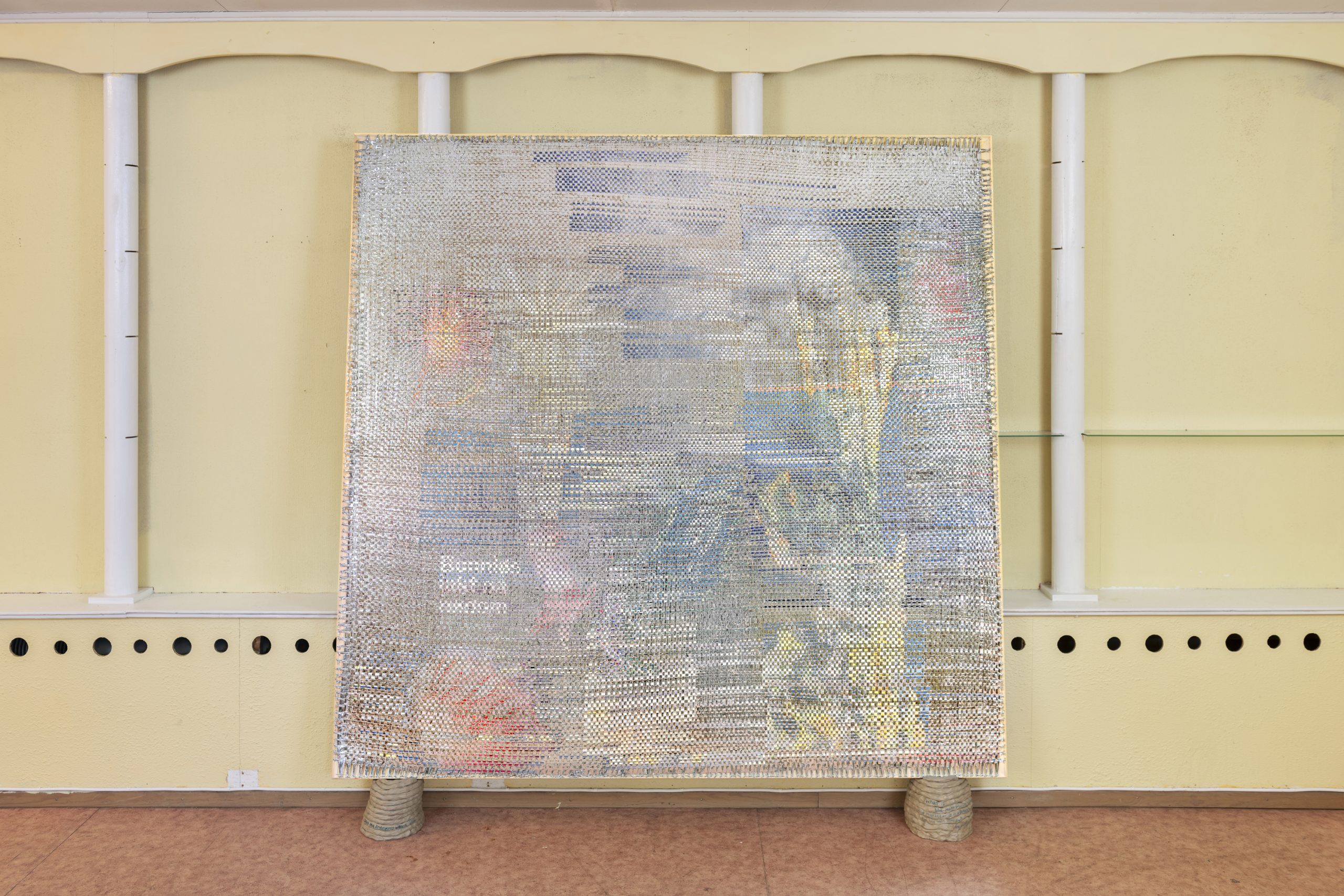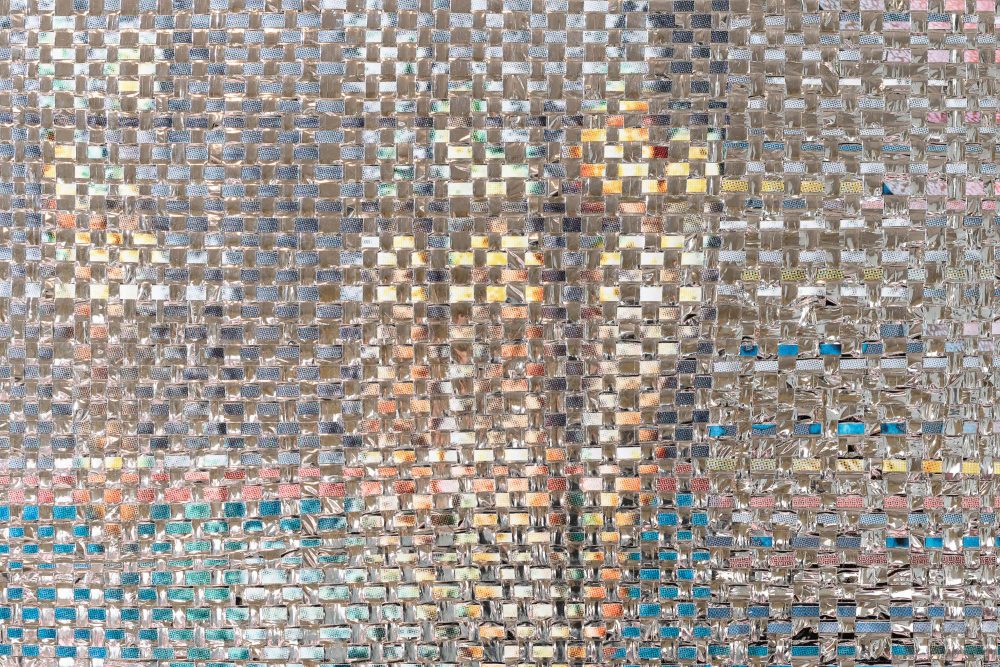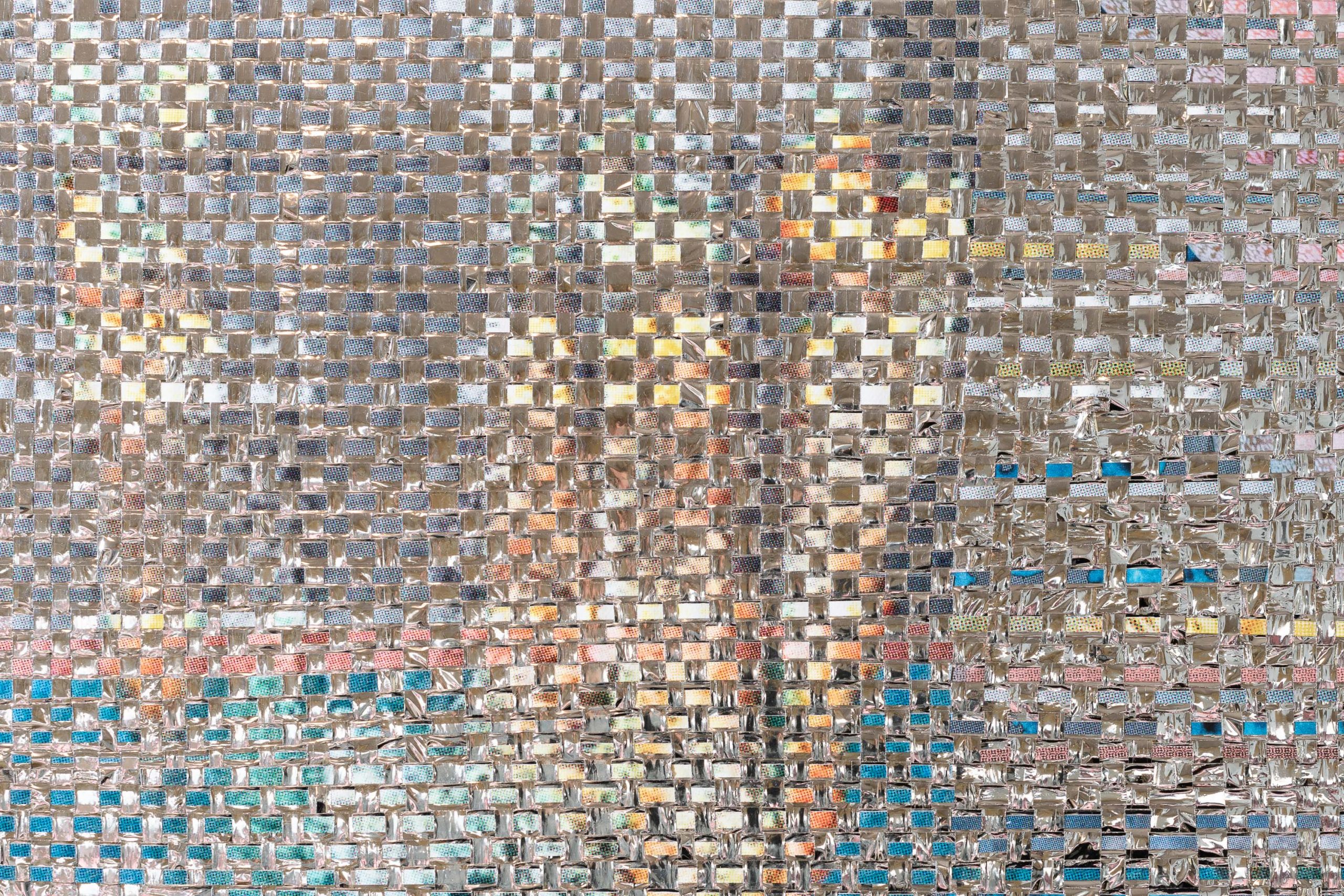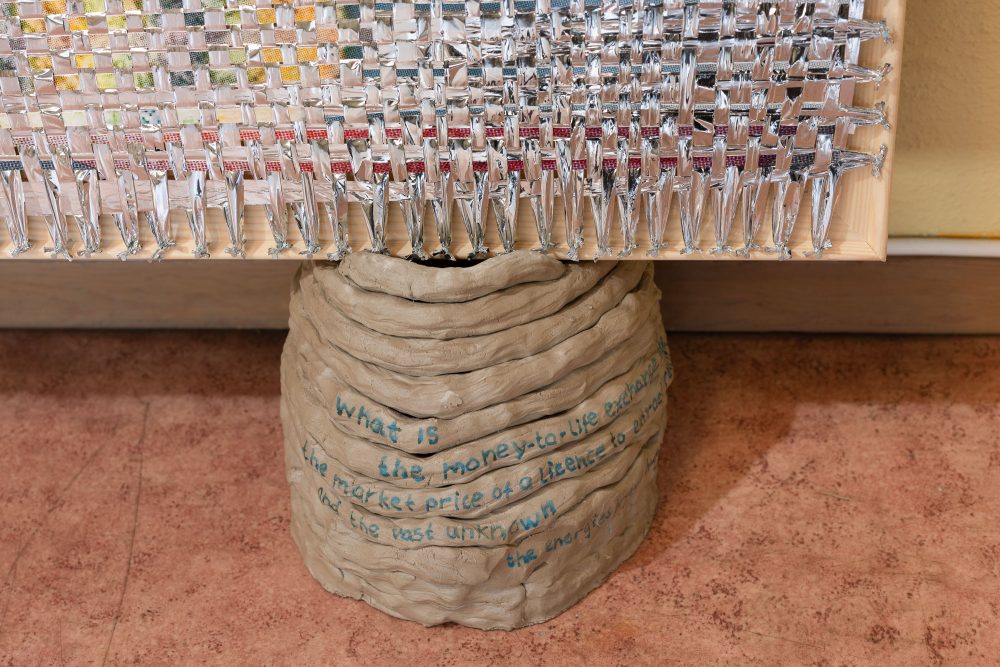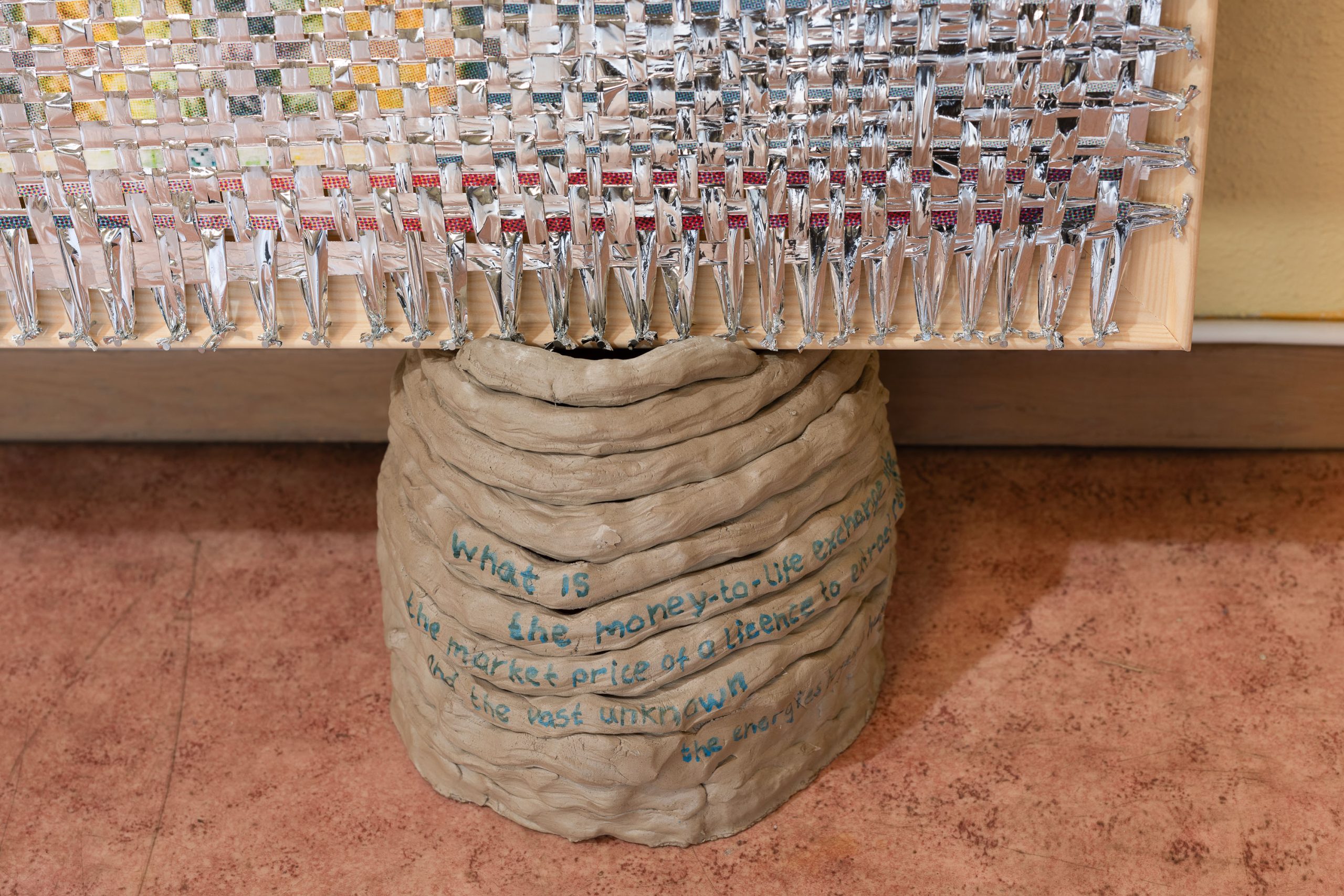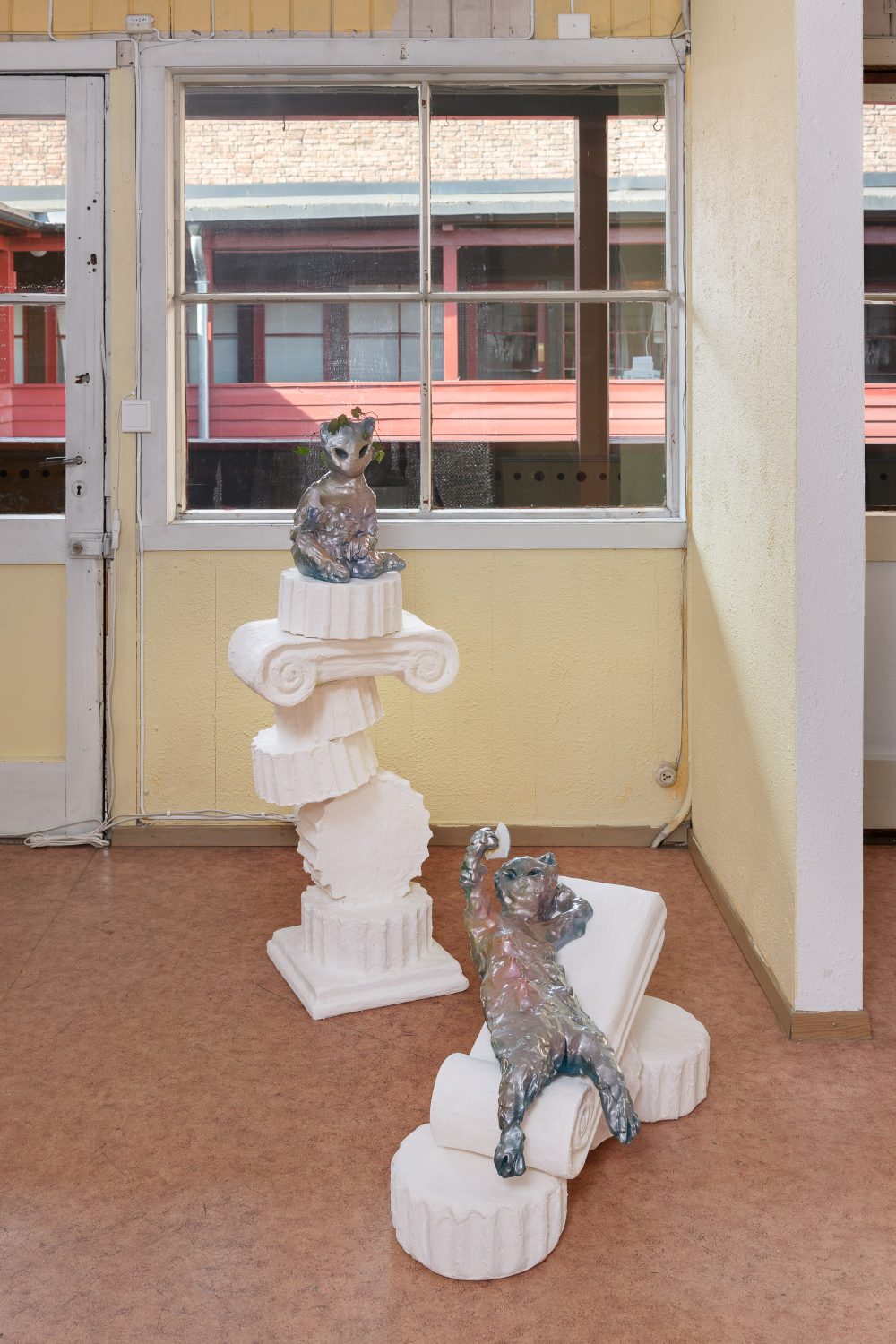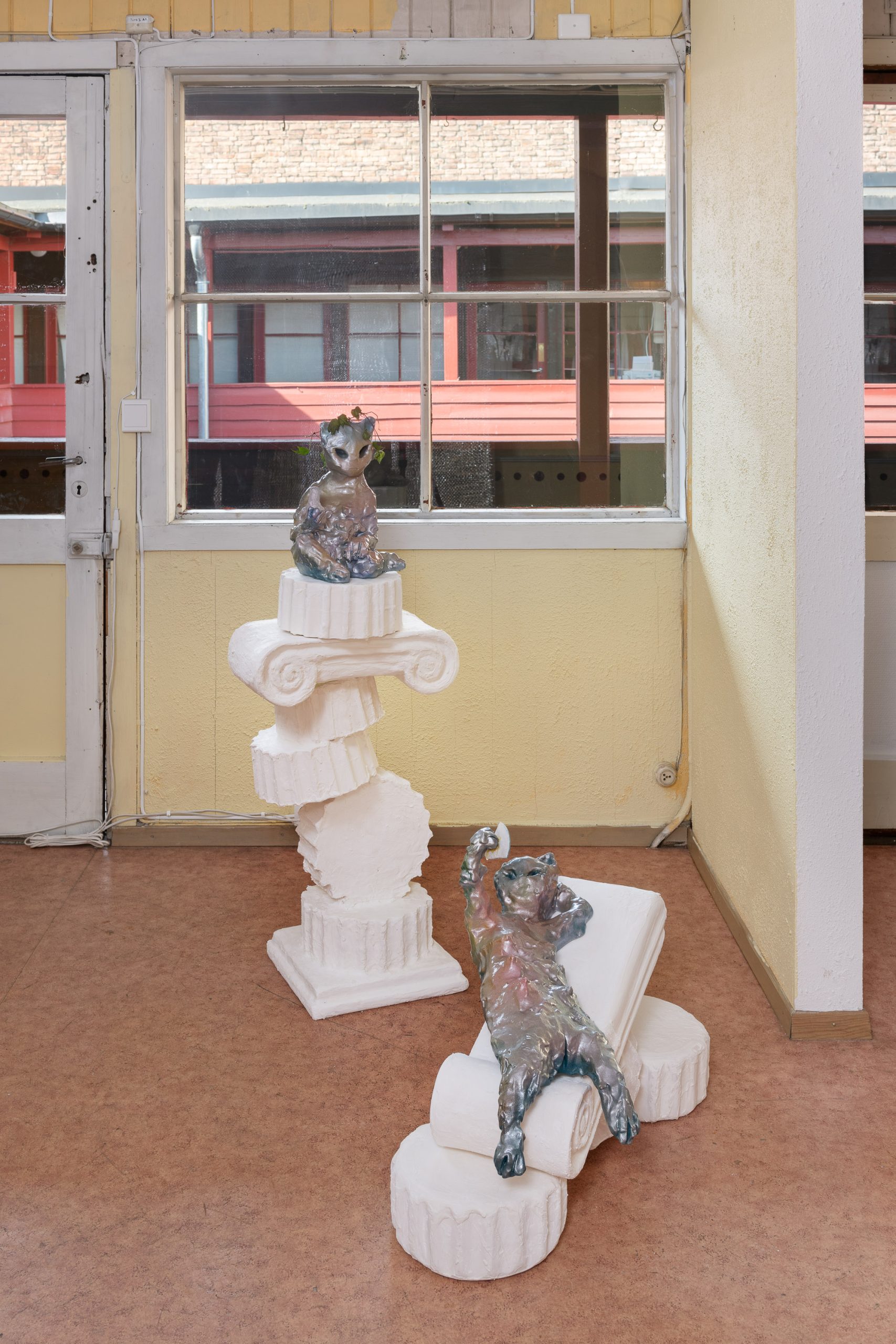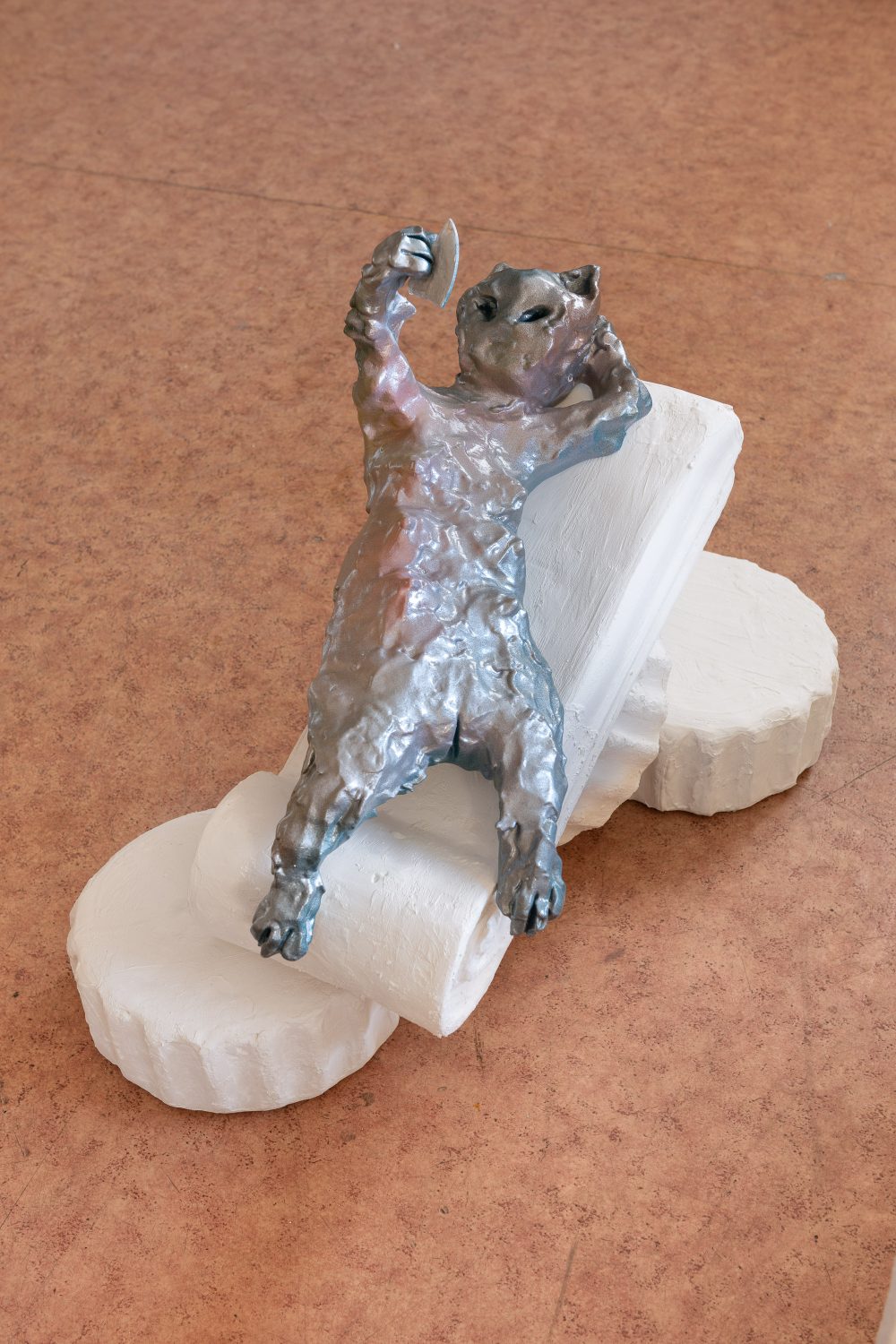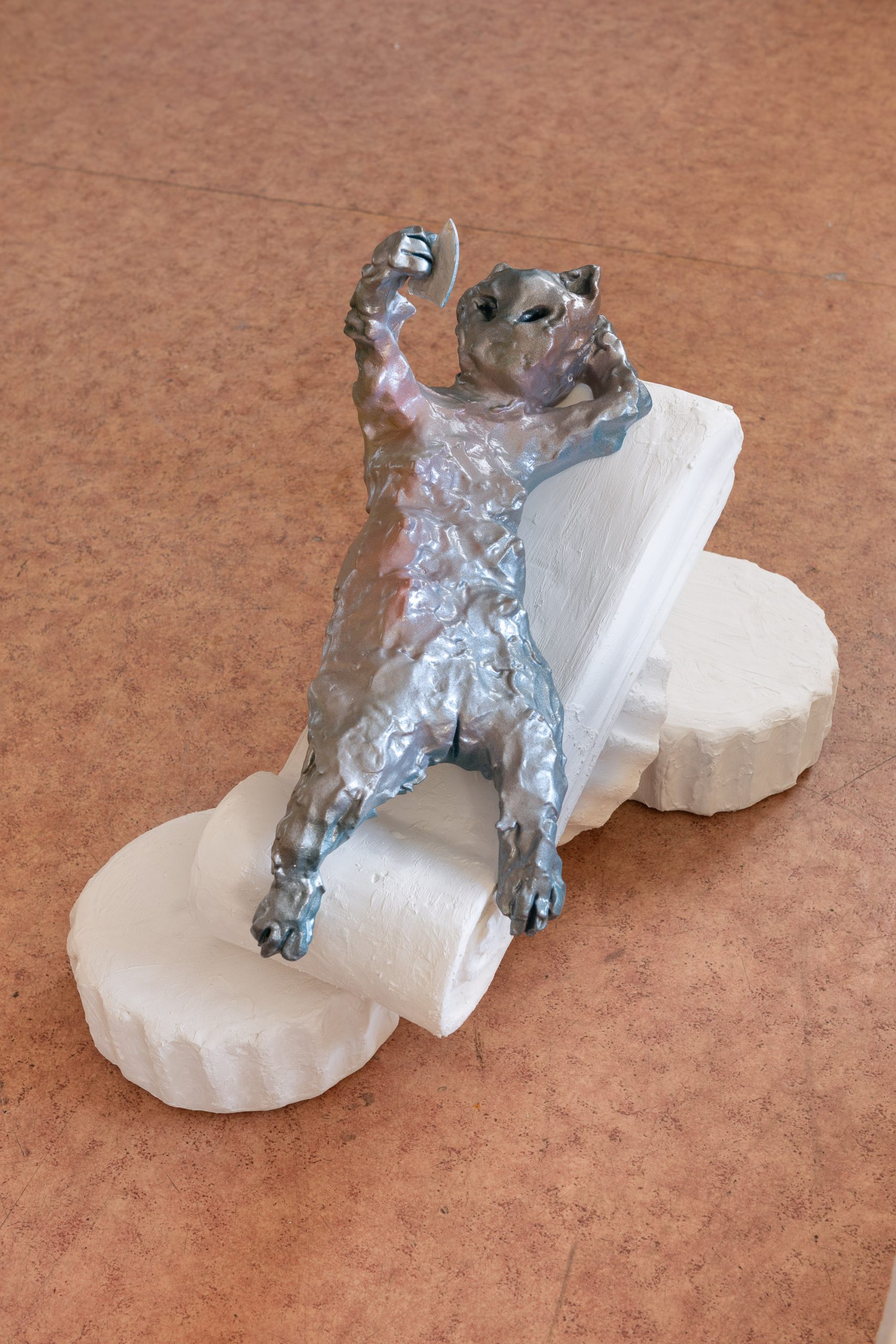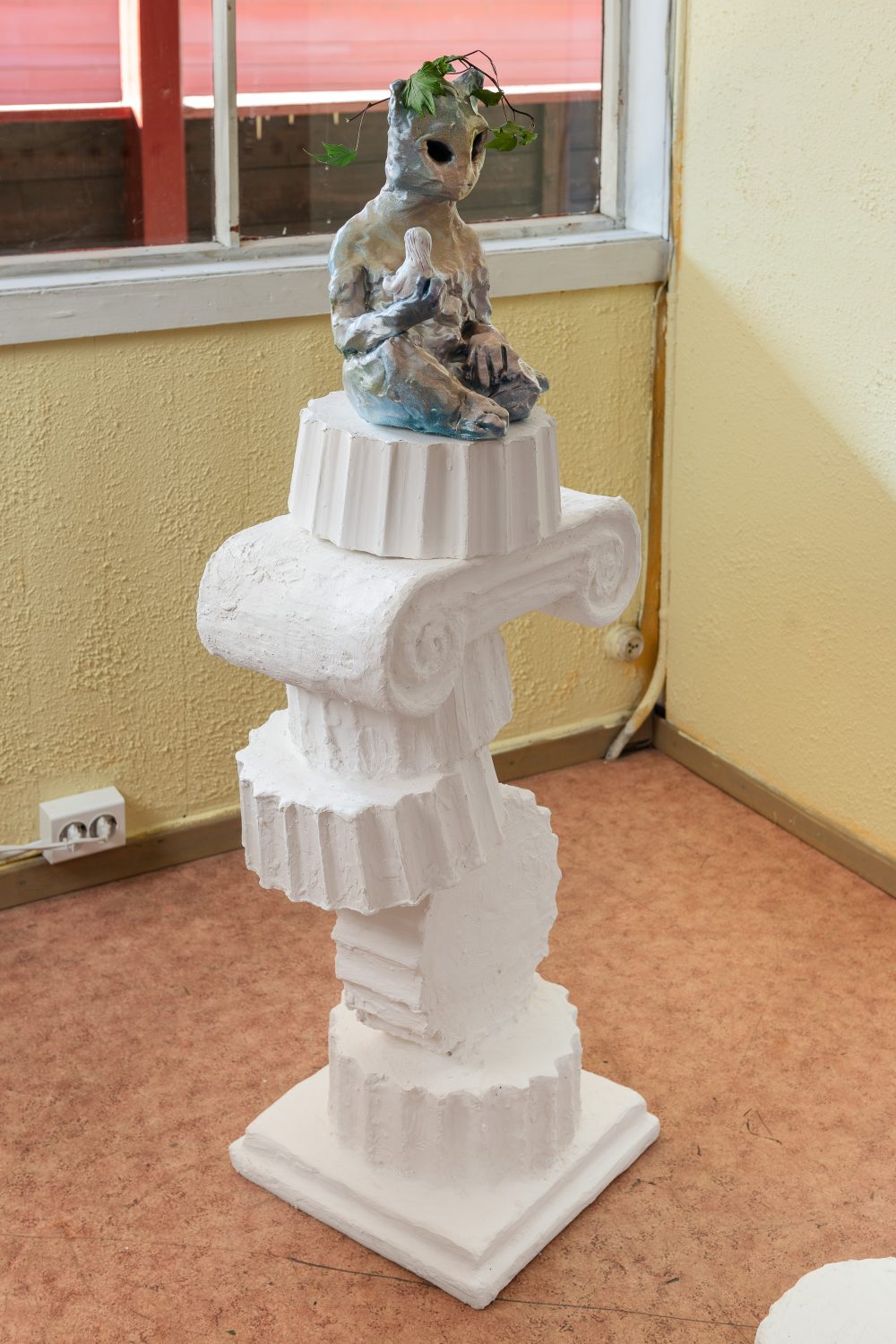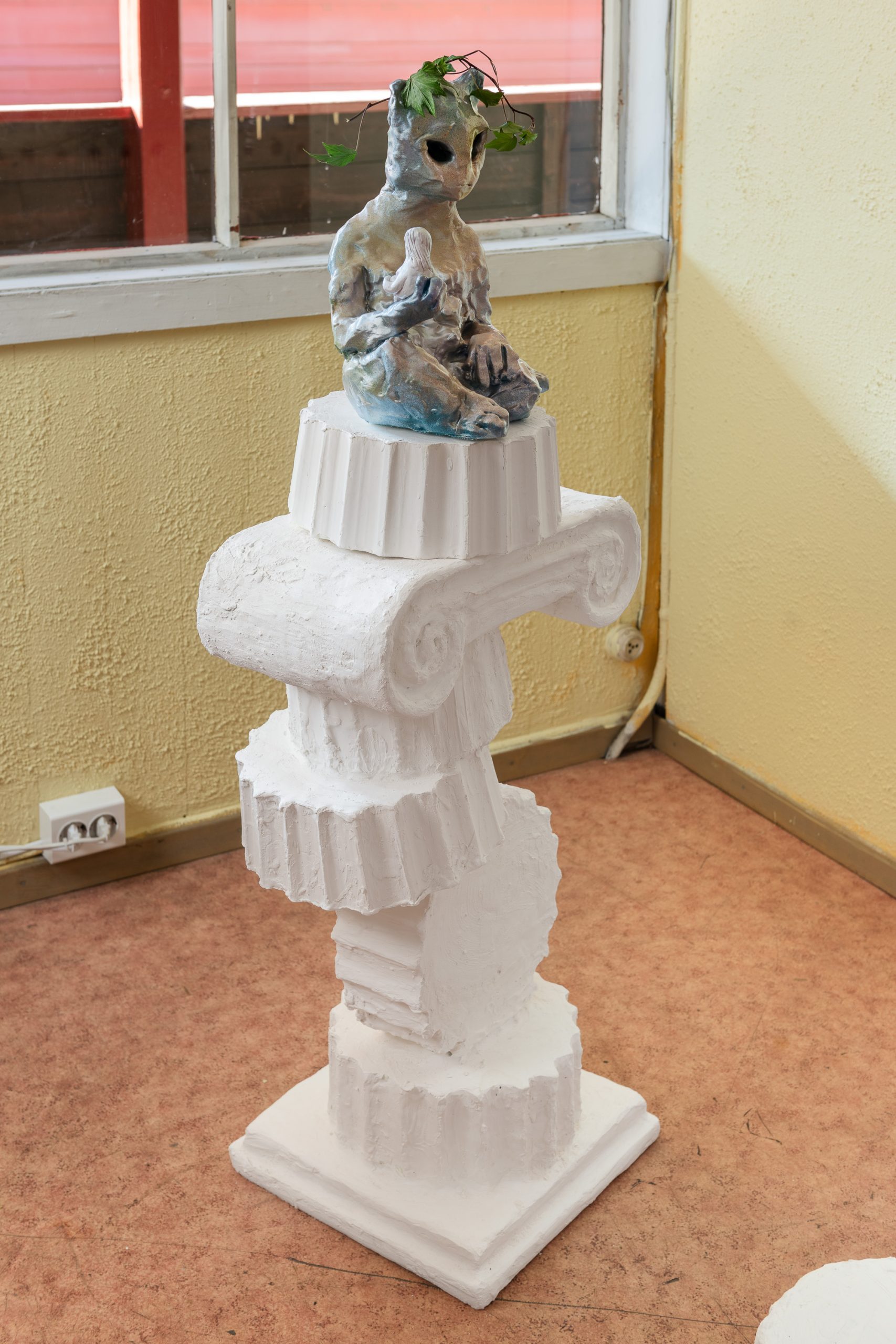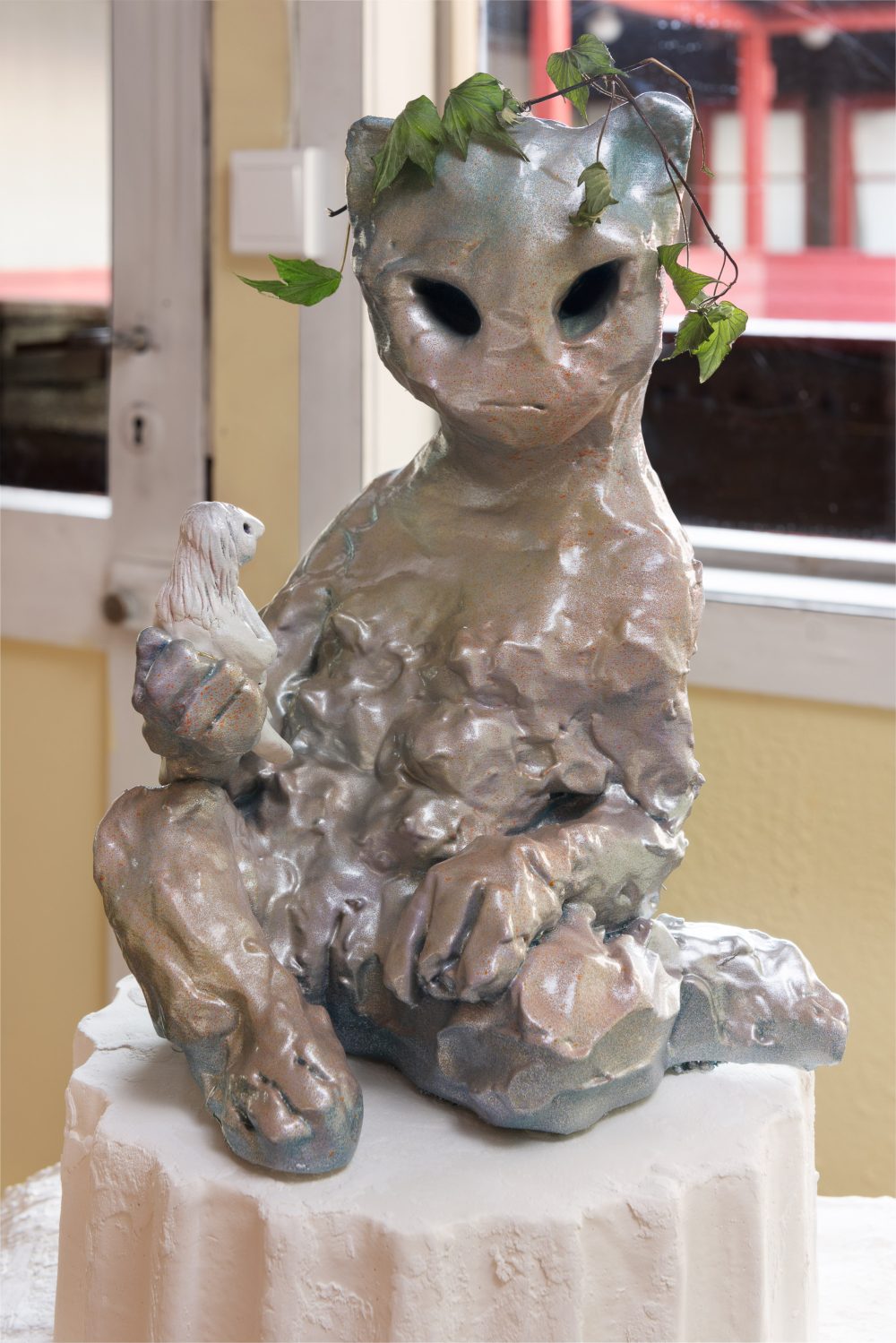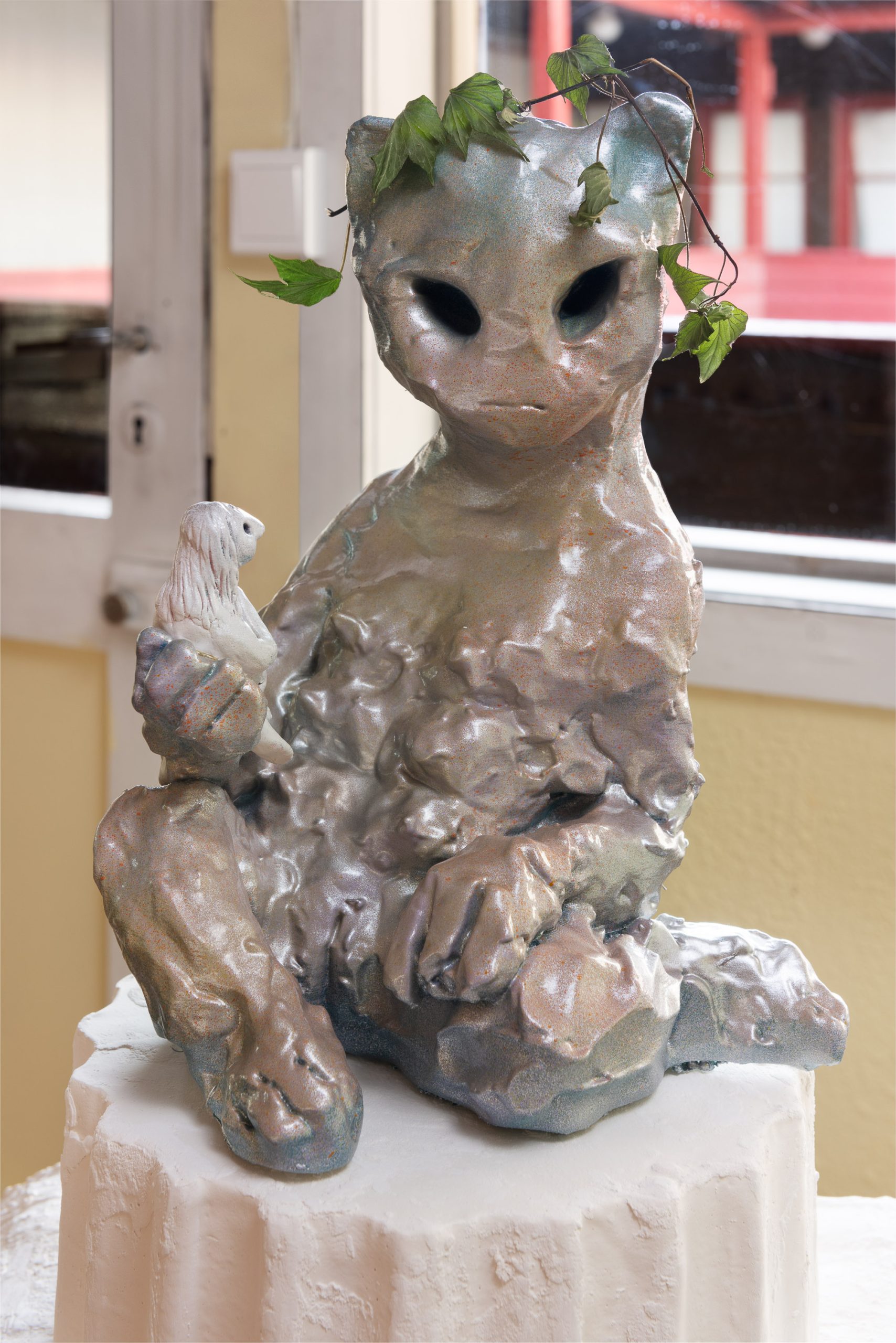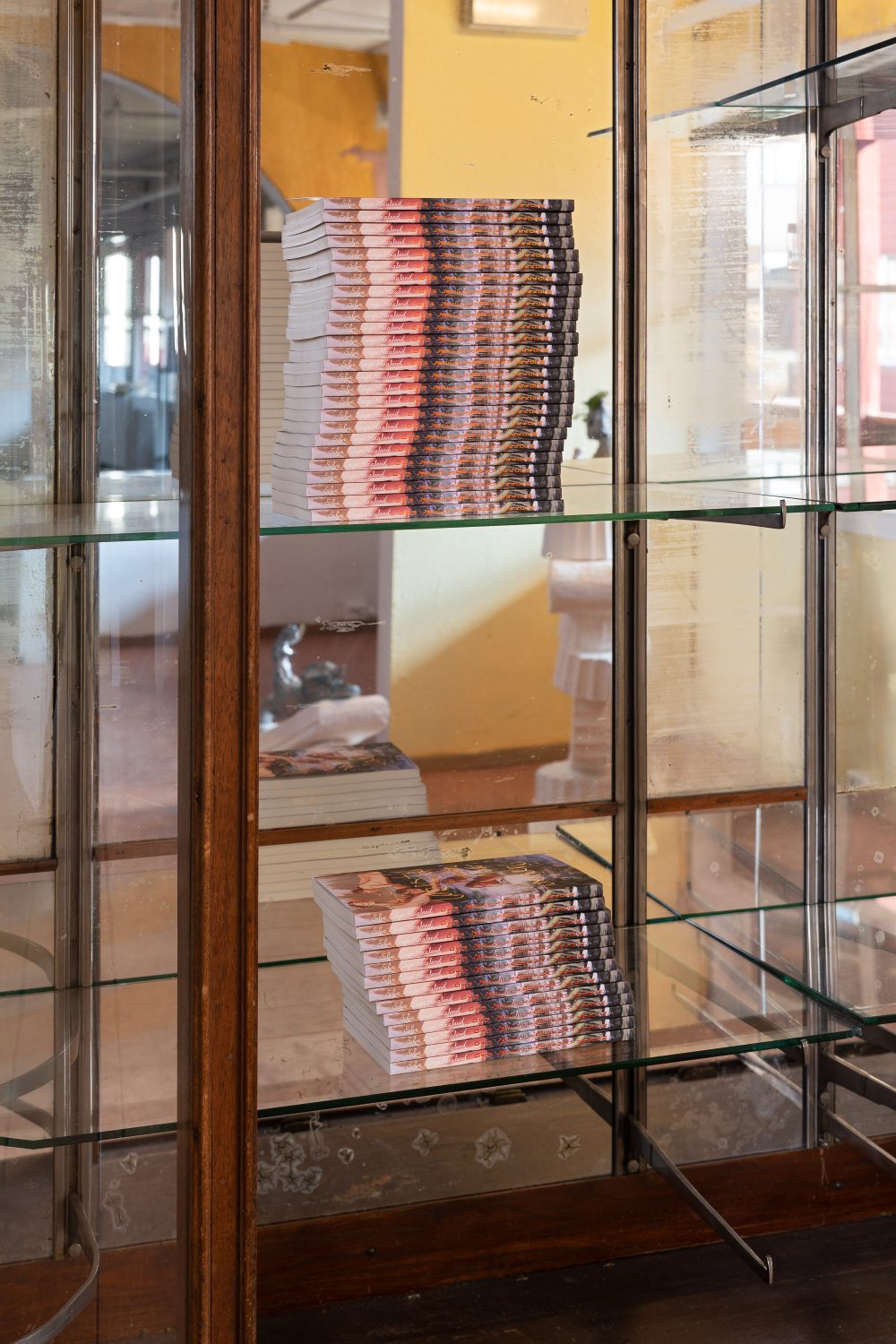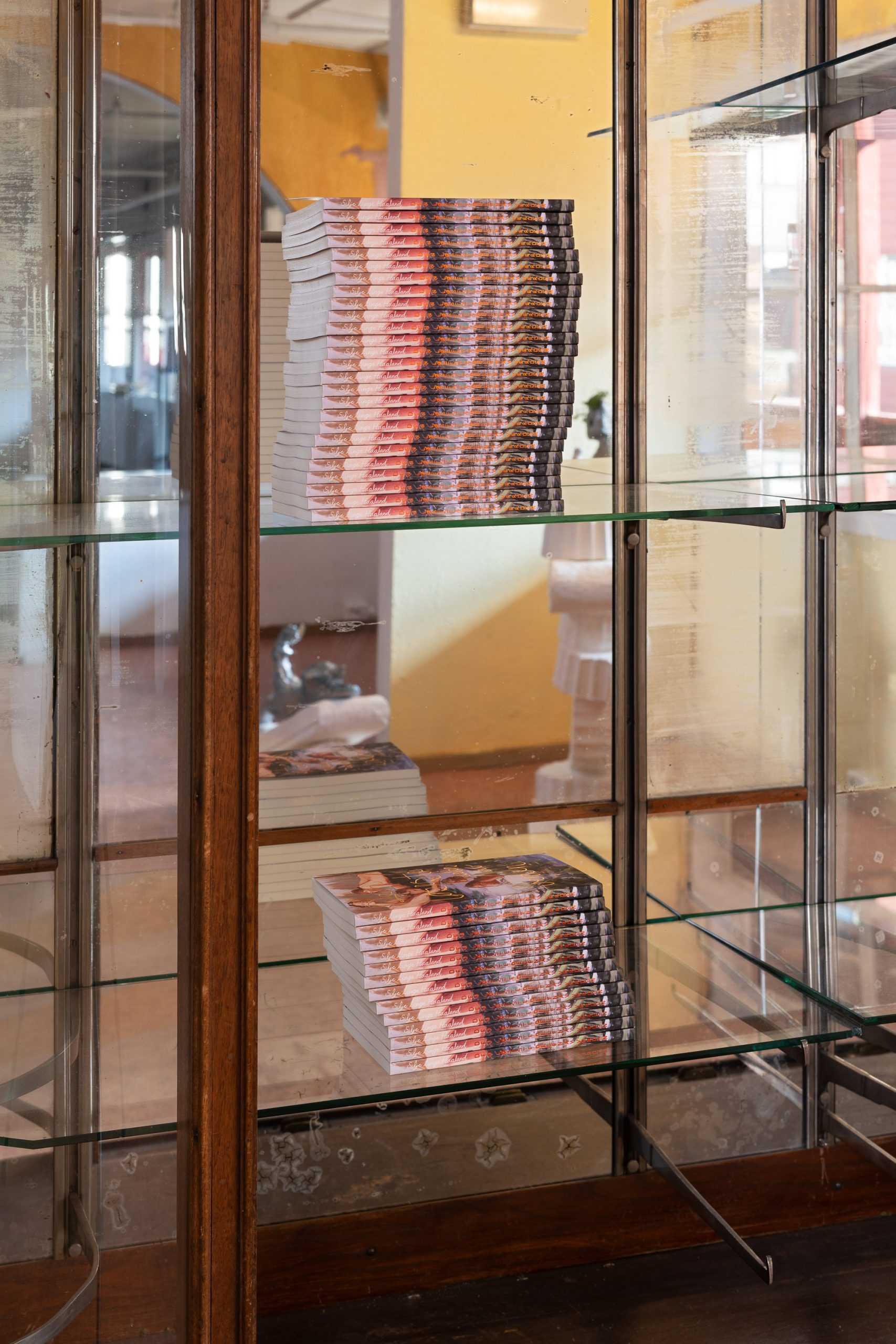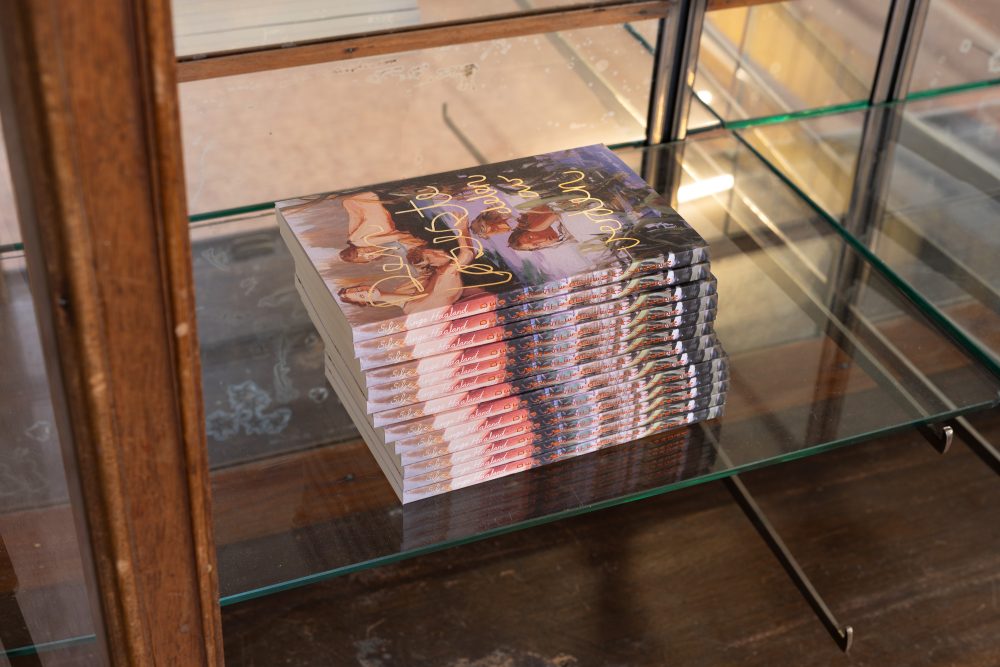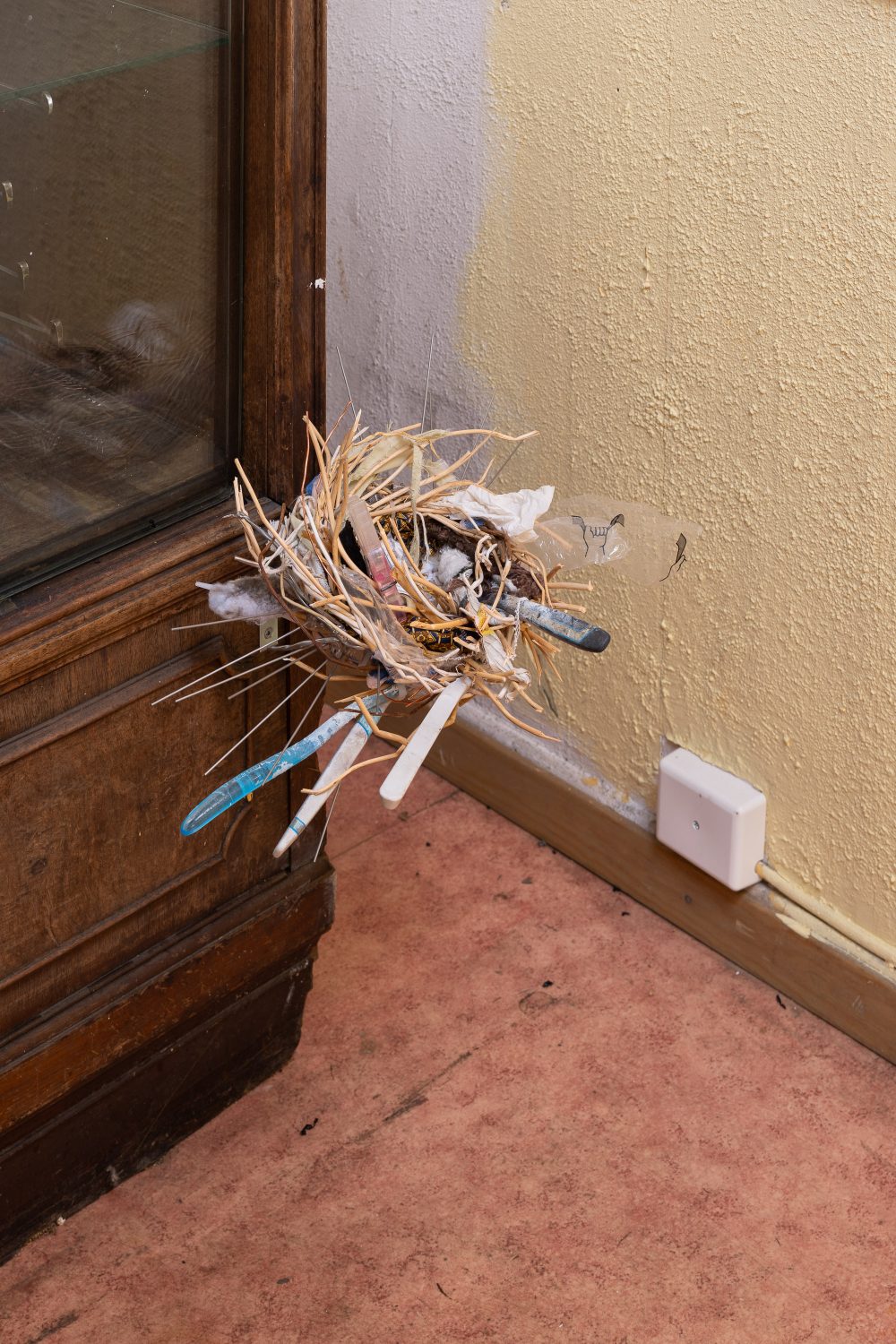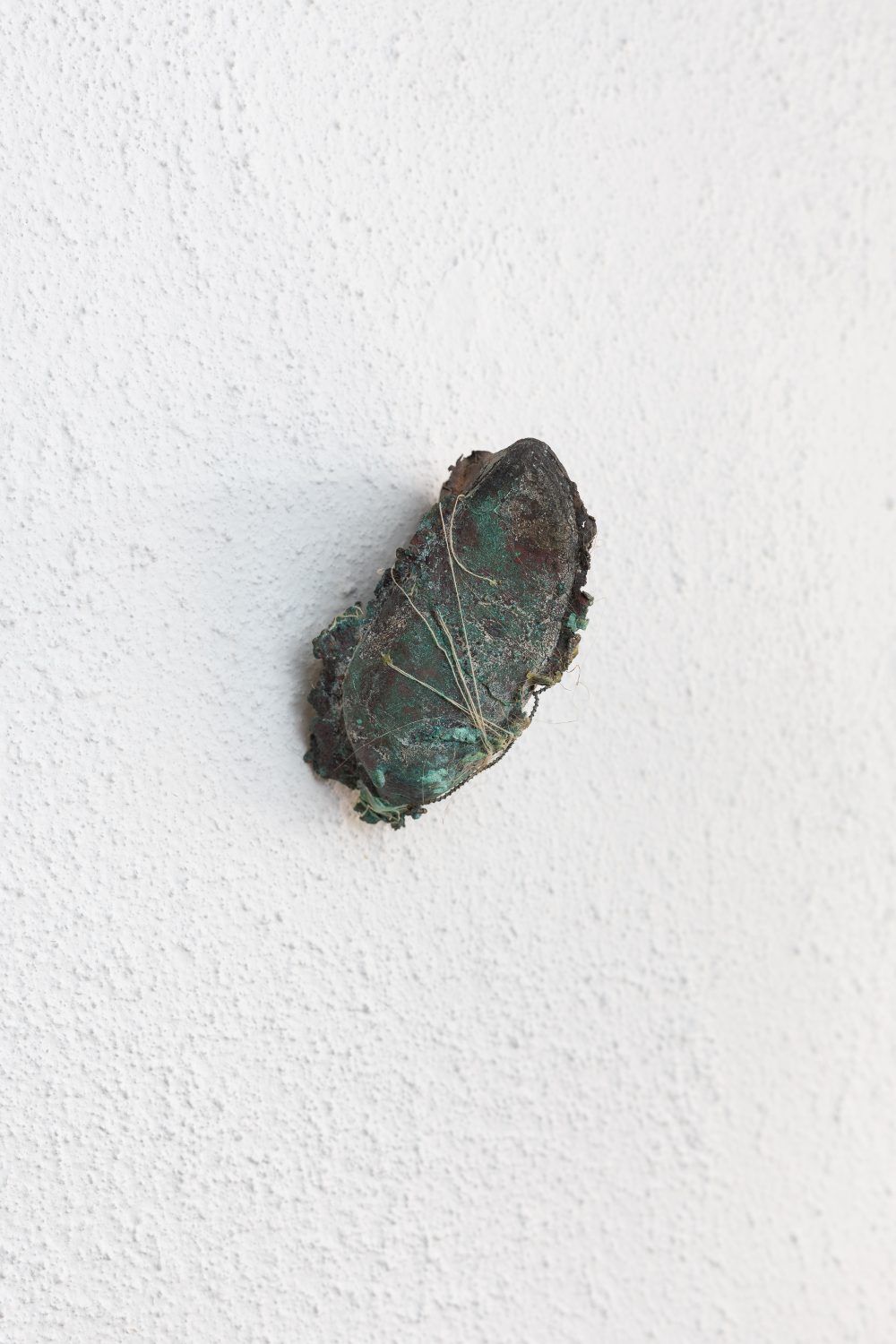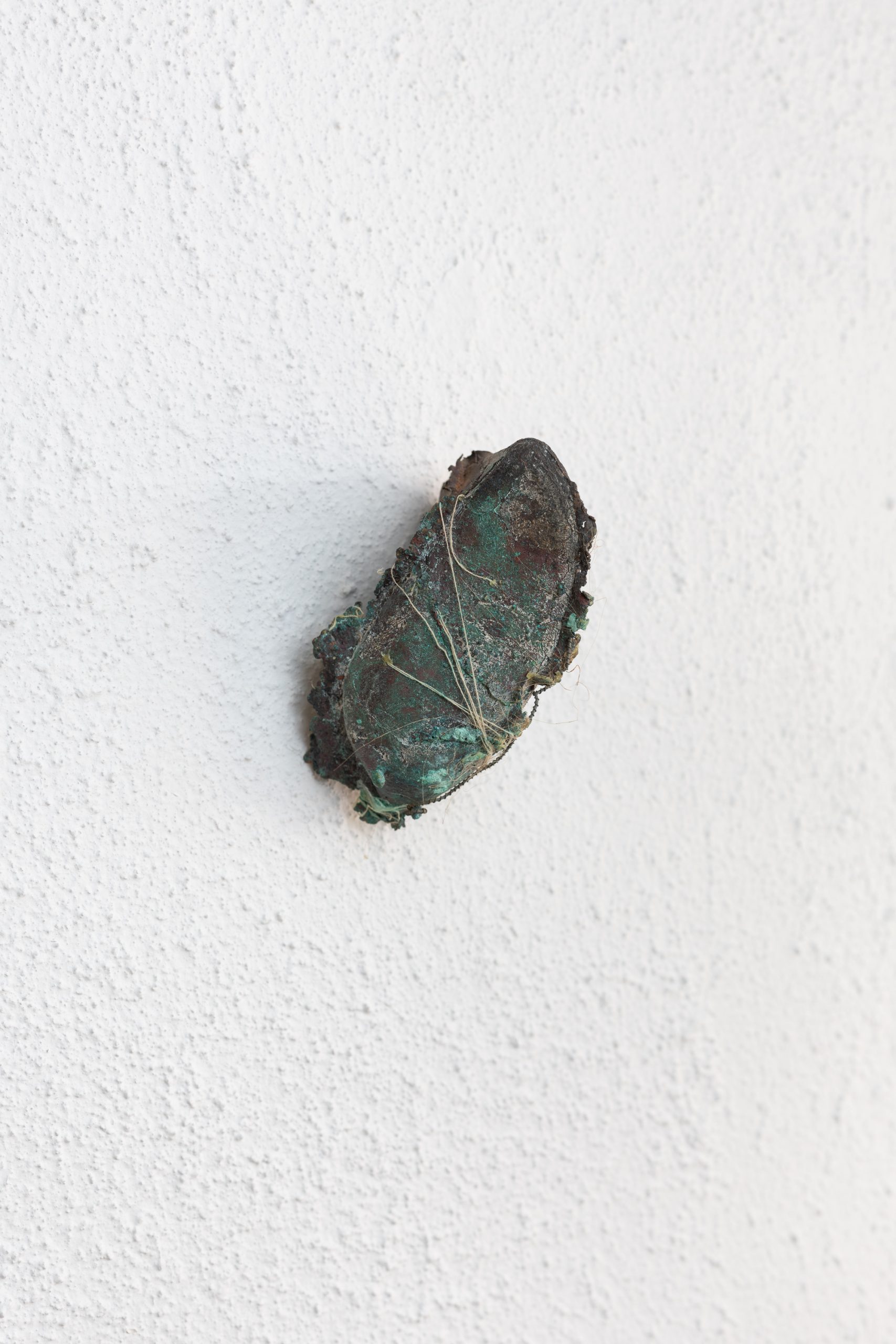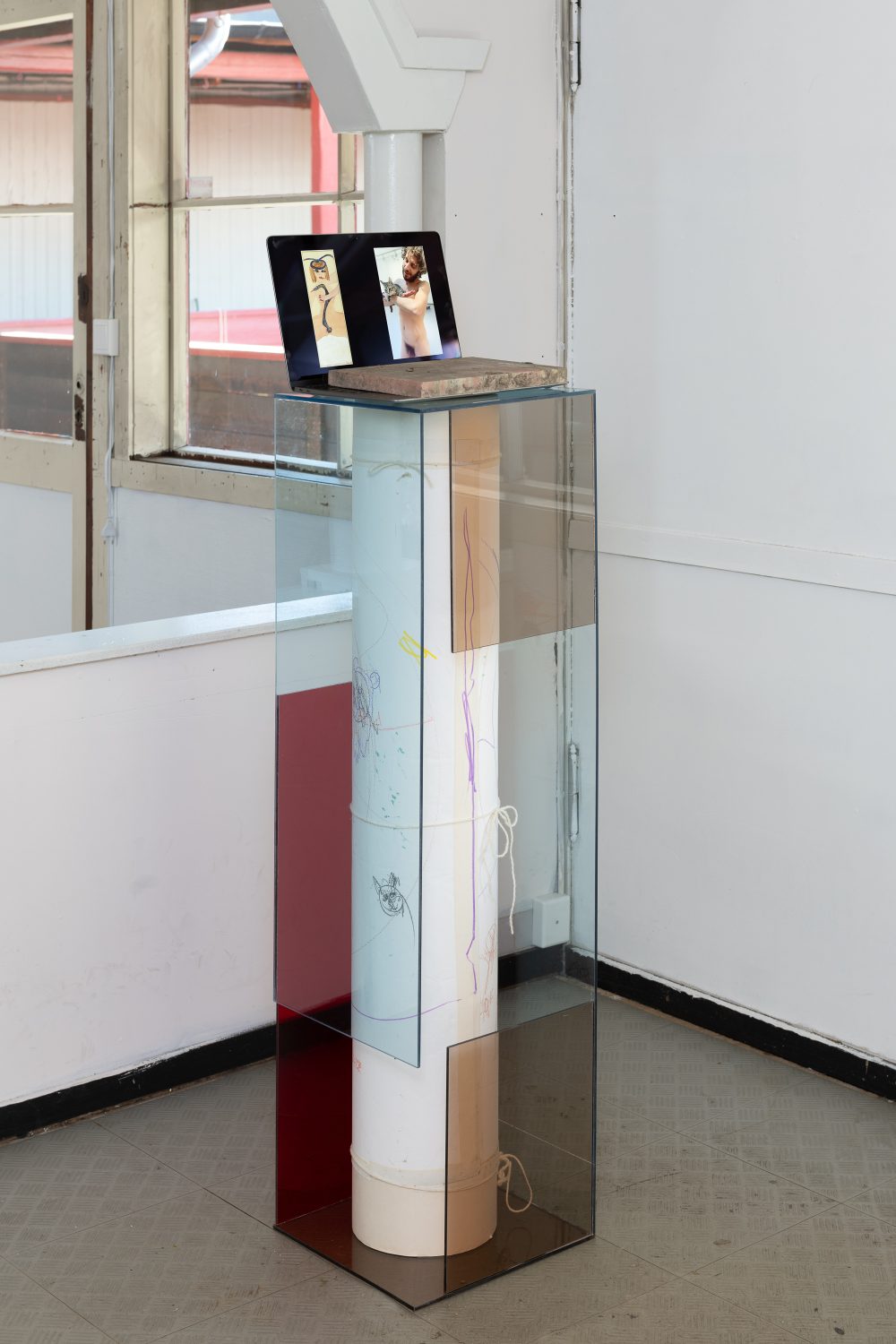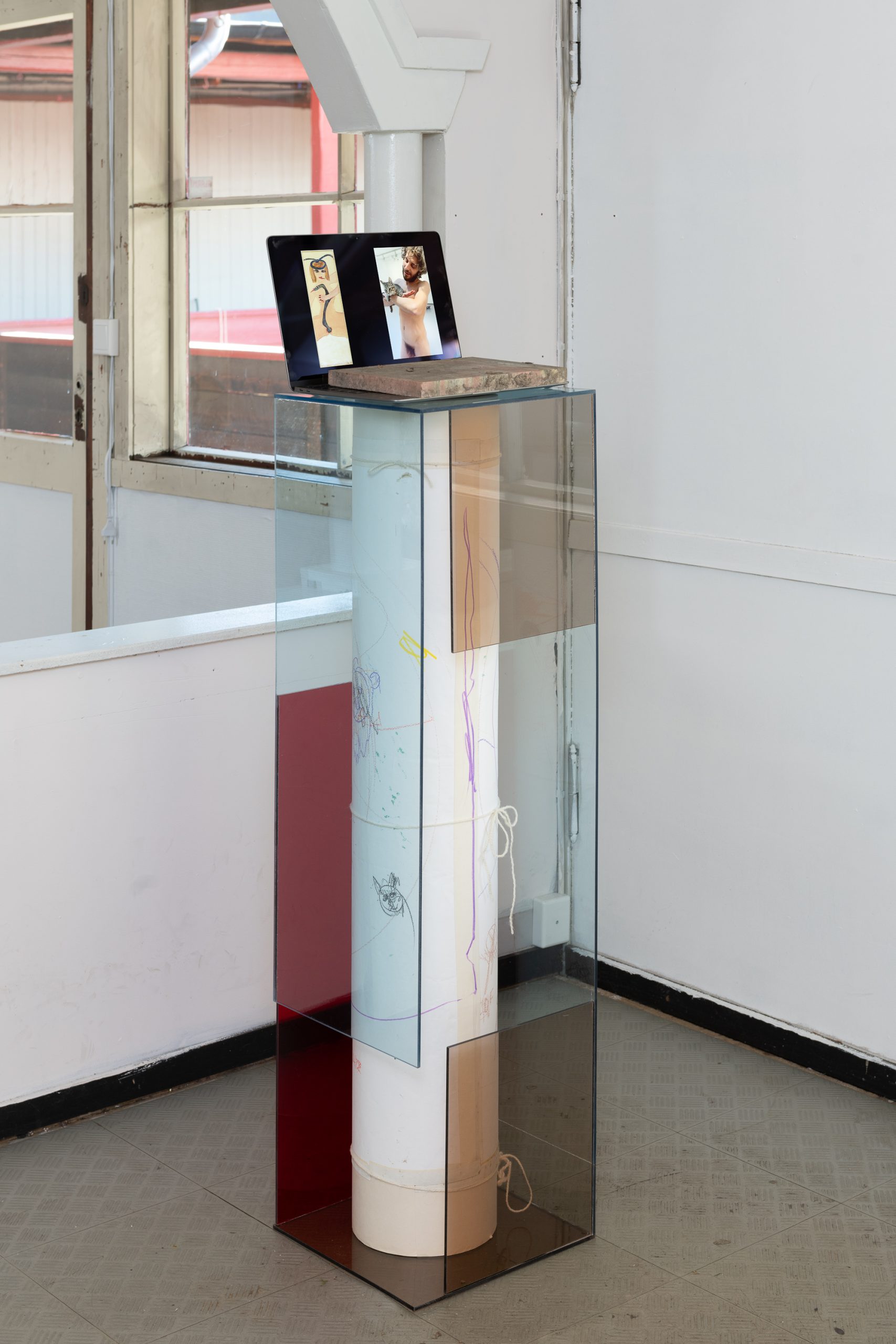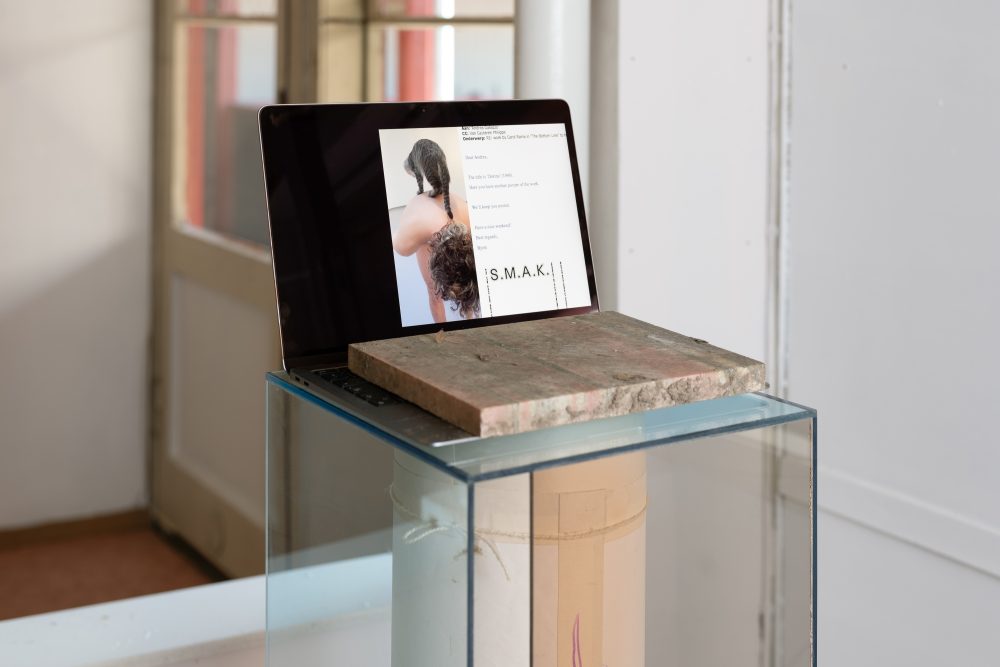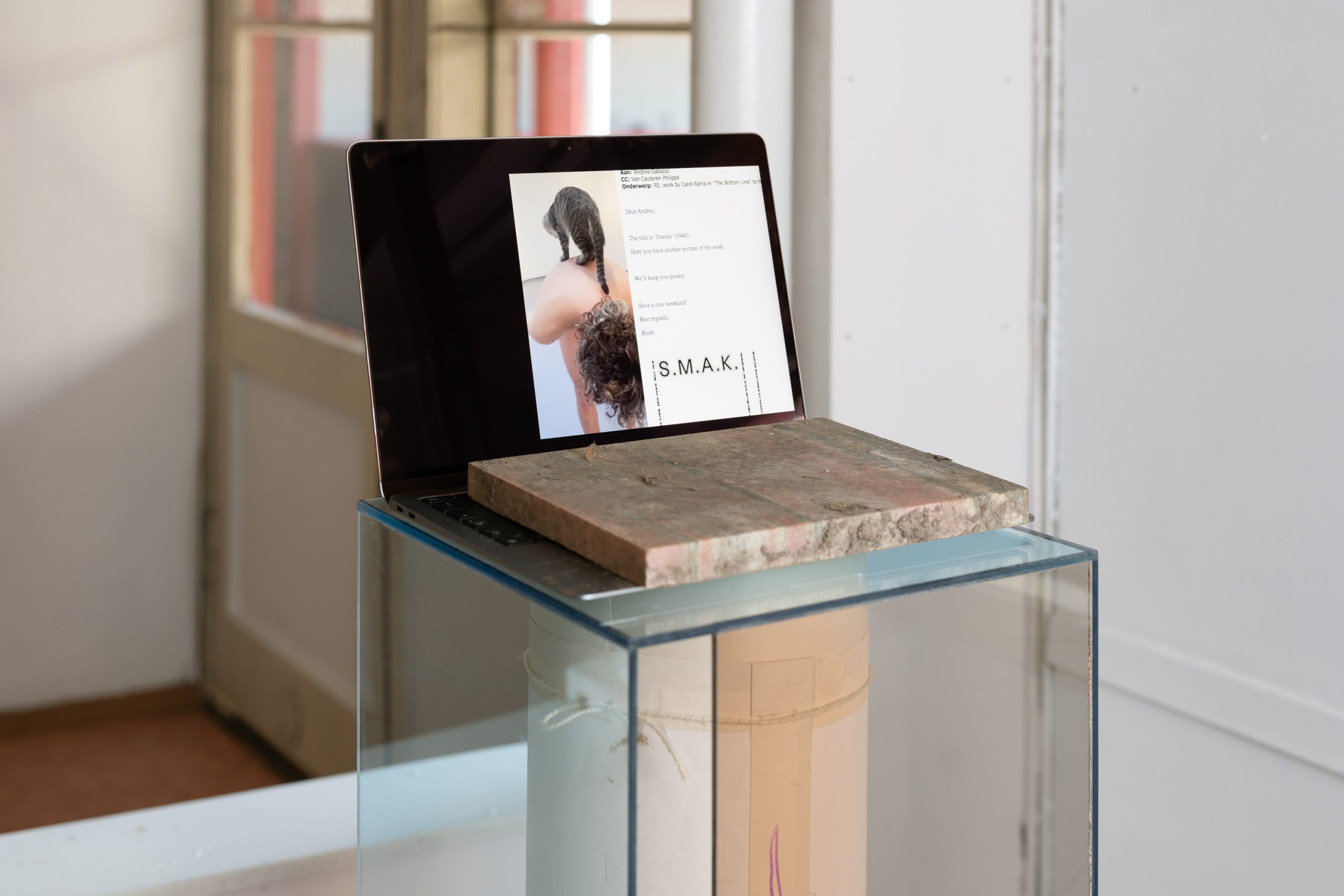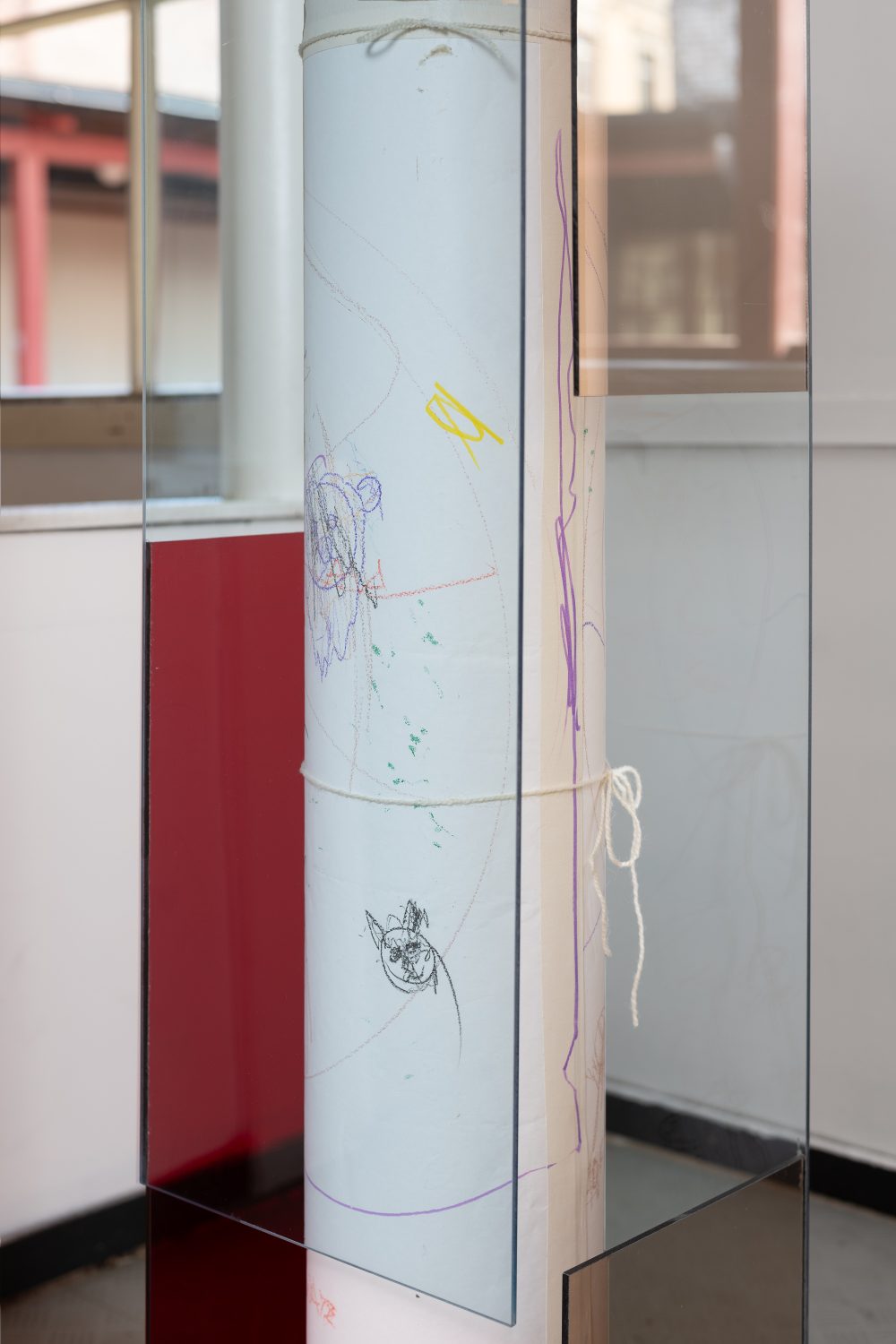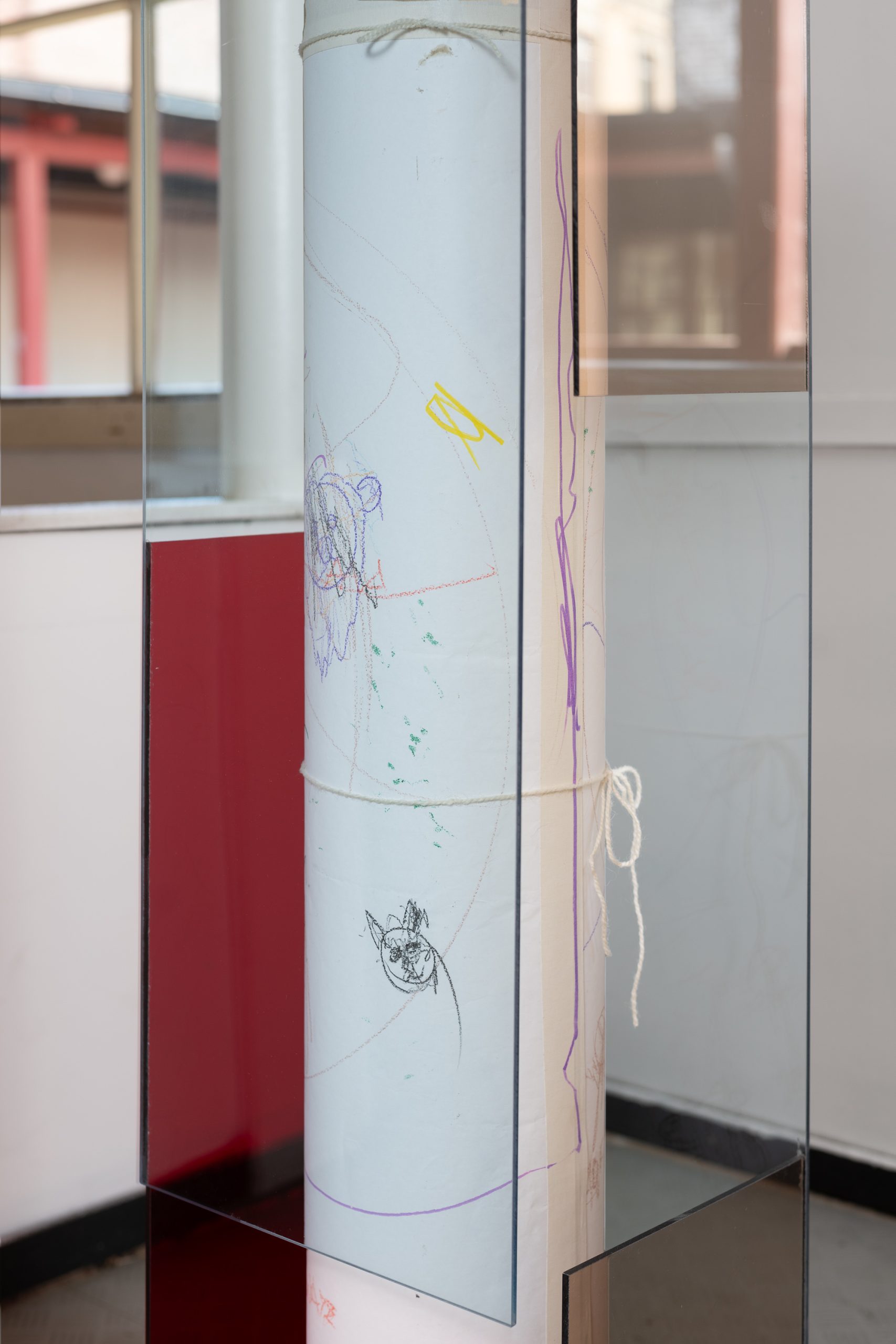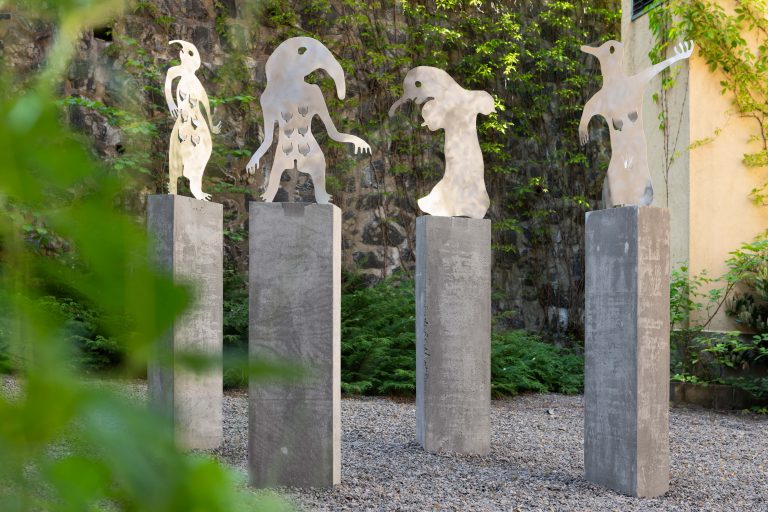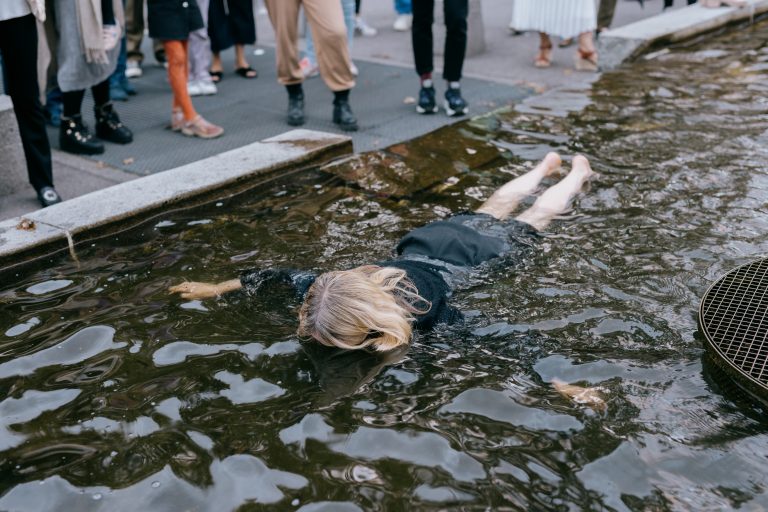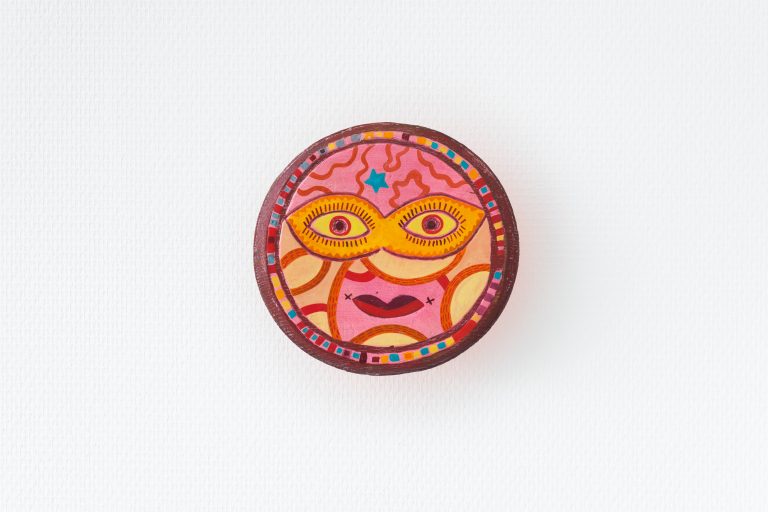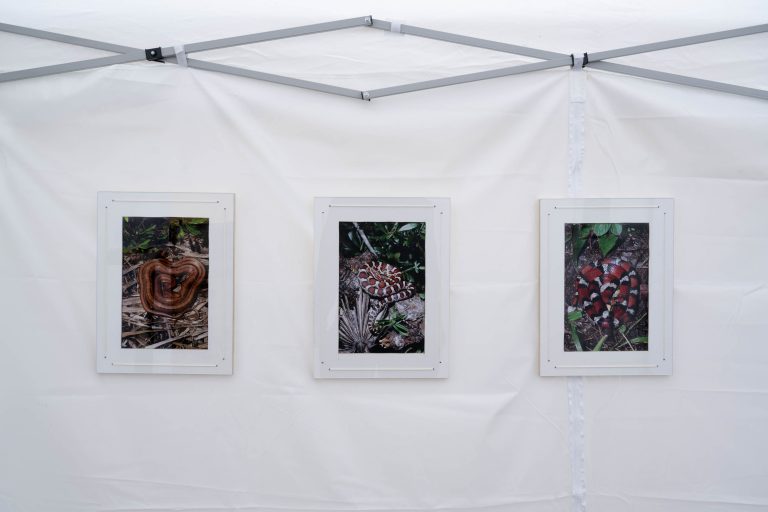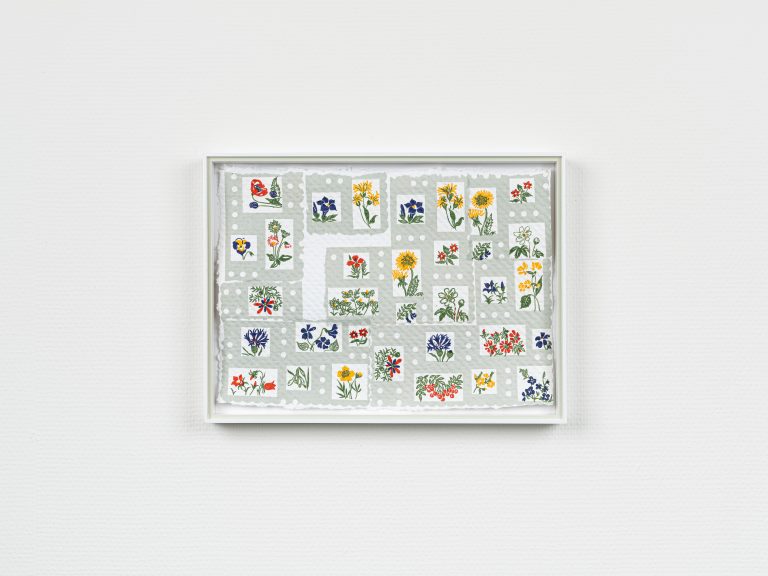fluene får øye på oss i det høye gresset

























For the spring of 2024, Femtensesse has relocated to Salgshallen, where we proudly present the group exhibition fluene får øye på oss i det høye gresset (the flies catch sight of us in the tall grass). This exhibition offers a nuanced perspective on the symbiotic relationship between humans and animals. Some works highlight subtle similarities, blurring the lines between species, while others boldly reverse roles to challenge preconceived notions of dominance. Spanning various mediums such as painting, tapestry, sculpture, video, drawing, and poetry, the exhibited works emphasize the pivotal role of animal life, urging us to recognize our inherent connection to them.
The exhibition’s title is borrowed from Silje Linge Haaland’s newly published poetry collection, Den løseste delen av verden (The loosest part of the world), which is featured in the exhibition. In Haaland’s poems, various beings, such as flies and larva, are imbued with significance, addressing themes of the ecological crisis and uncertain future. Silje Linge Haaland will be giving a poetry reading at 13:00 on Saturday, April 13th during the opening of the exhibition.
Ingerid Kuiters’ symmetrical composition explores meditation, spirituality, and surrealism. Her fantastic and dreamlike figures, made with her signature technique of lacquer painting on wood, reject reality as it stands, with animals and humans overlapping and merging to symbolize a harmonious oneness.
Kaare Ruud’s sculptures hold a unique material sensitivity, crafted from elements sourced from lived experiences. Everyday objects are intricately woven together with straw and steel wire, forming small nests. The entwined objects, recognizable yet mundane, create miniature living environments imbued with an enigmatic cyclical energy.
Inga Sund Hofset’s painting, composed of watercolors, oil, and wood stain, transitions between the arbitrary movements of the wet paint and intentional gestures of the hand. Whether evoked by imagination or prompted by the painting’s title (On Being Faces*^), a visage reminiscent of an animal emerges, inviting viewers to explore the paint’s movements as if they were the lines of a face.
Clémence de La Tour du Pin’s bronze sculpture, Hoof, features a keratin cattle hoof burnt during the casting process. Her wall piece delves into the protective and weight-bearing function of hooves, exploring the dynamics of circulation by symbolically inverting weights while serving as support for the animal.
Marthe Ramm Fortun and Andrea Galiazzo’s video offers a reinterpretation of Carol Rama’s drawing, Dorina (1940). In 2015, the artists had a premature child they named Leda after Rama’s drawing. Remembering the title as Leda and the Swan, they interpreted the motif as Leda strangling Zevs. Searching for the drawing to request a loan, they discovered they were wrong about the myth and that the actual title was Dorina. The loan was refused by the Carol Rama estate during The Drawing Triennial 2019. The video, Dorina (2019), inserts the absent drawing.
Eline McGeorge’s shimmering weave intertwines strips from emergency blankets with images of sea creatures, plants, and geological formations from deep-sea ecosystems. This choice of materials and imagery is poignant given the recent decision by the Norwegian government to open up the seabed for mining. As viewers move around the weave, glimpses of this unique ecosystem emerge between the warp of the emergency blanket.
Jennie Bringaker’s luscious sculptures depict confident feminine cats. One reclines, seemingly flattered by vanity, while the other cradles a diminutive human figure, prompting a reconsideration of humanity’s role in nature. Departing from traditional hierarchies, Bringaker presents a scenario where roles are reversed, with humans at the mercy of the cats’ grasp.
This exhibition is kindly supported by Arts Council Norway and Oslo Municipality
